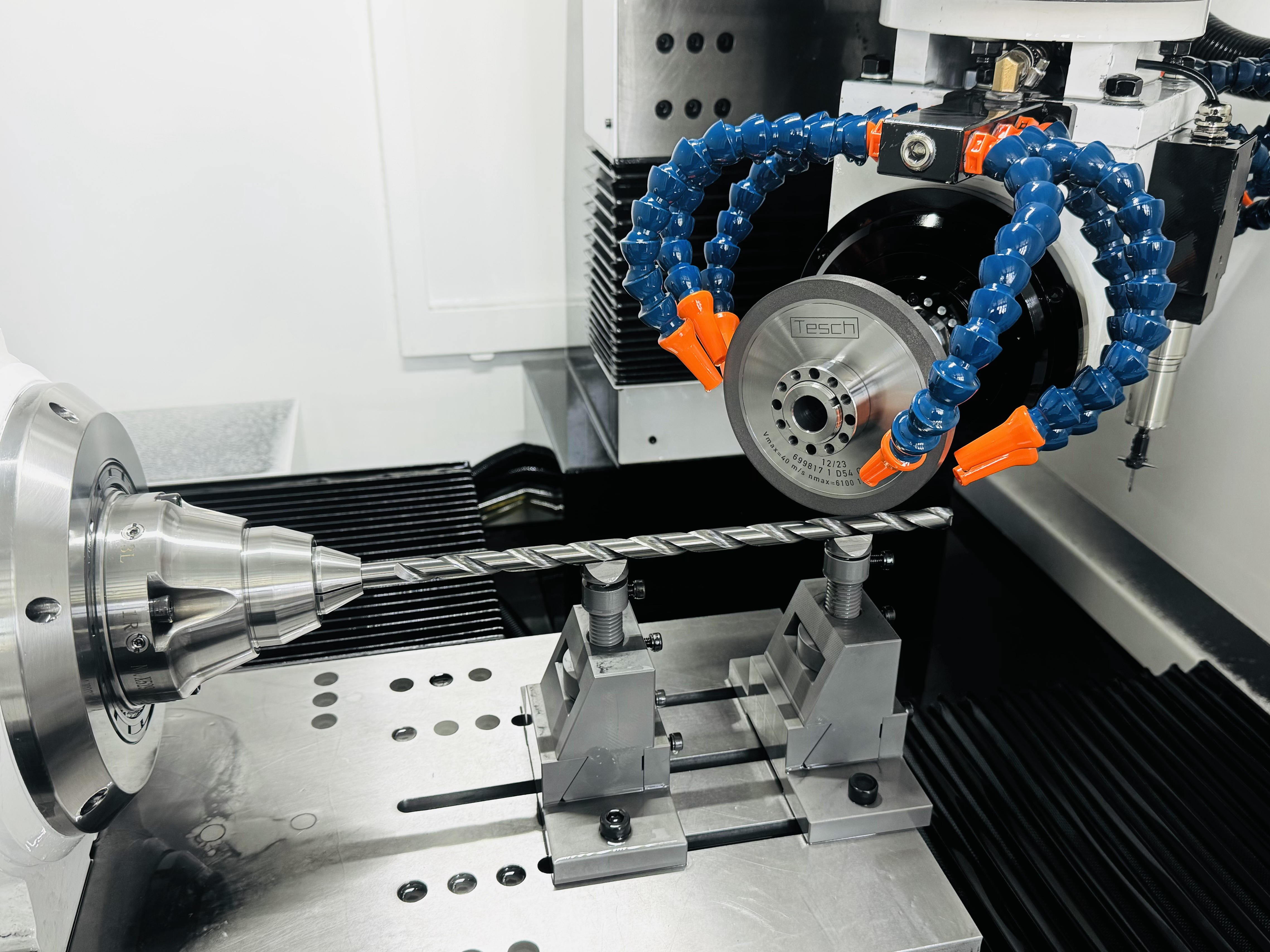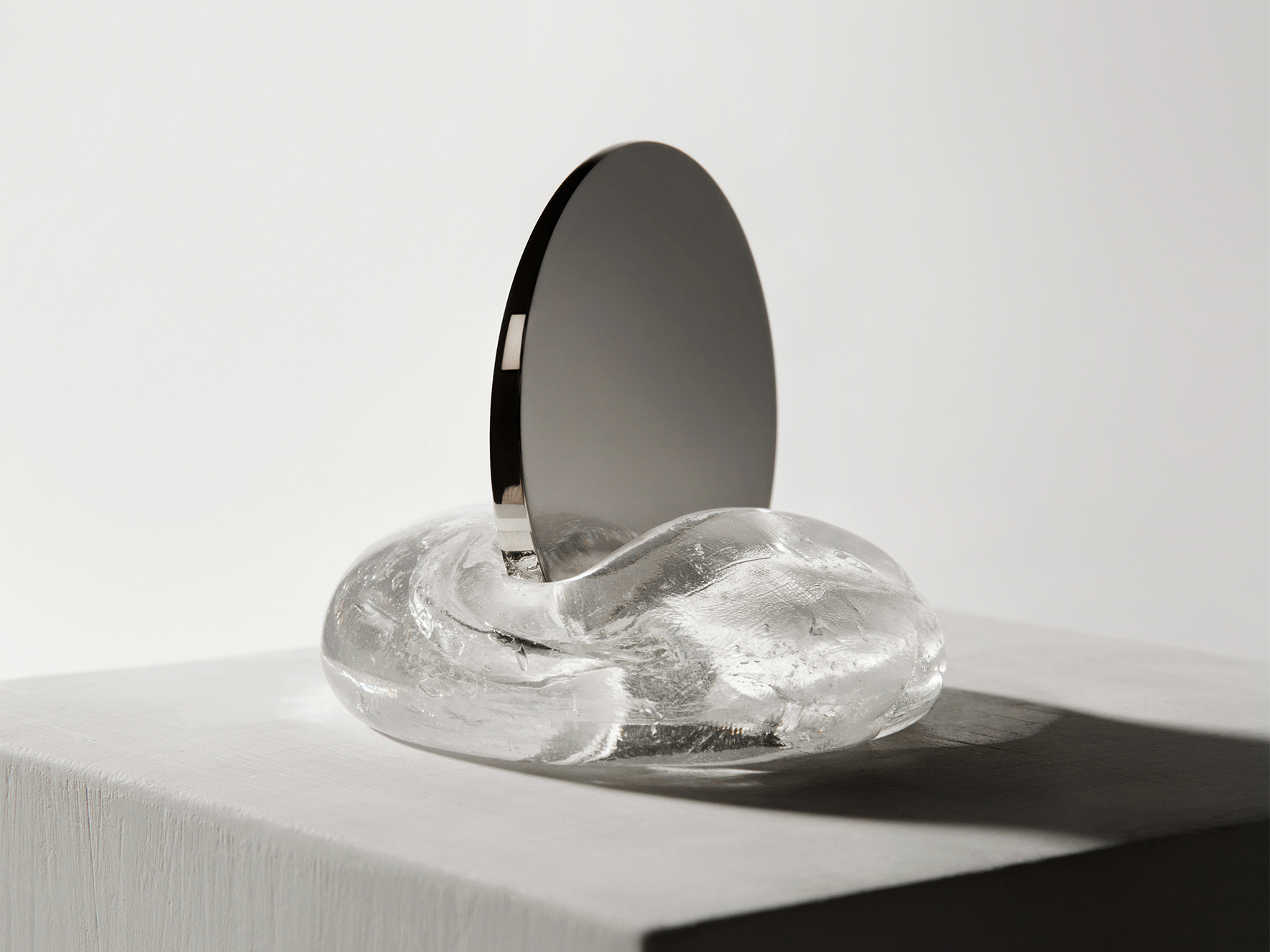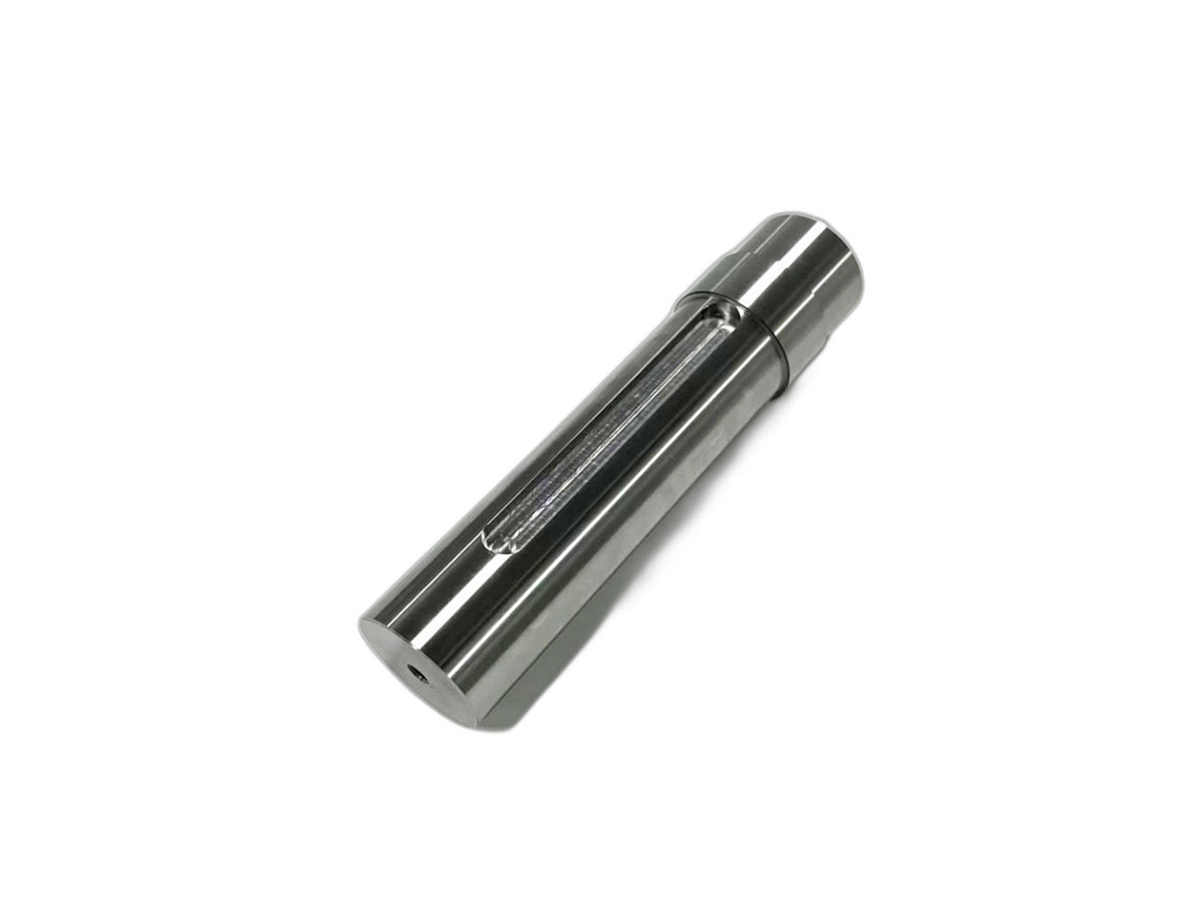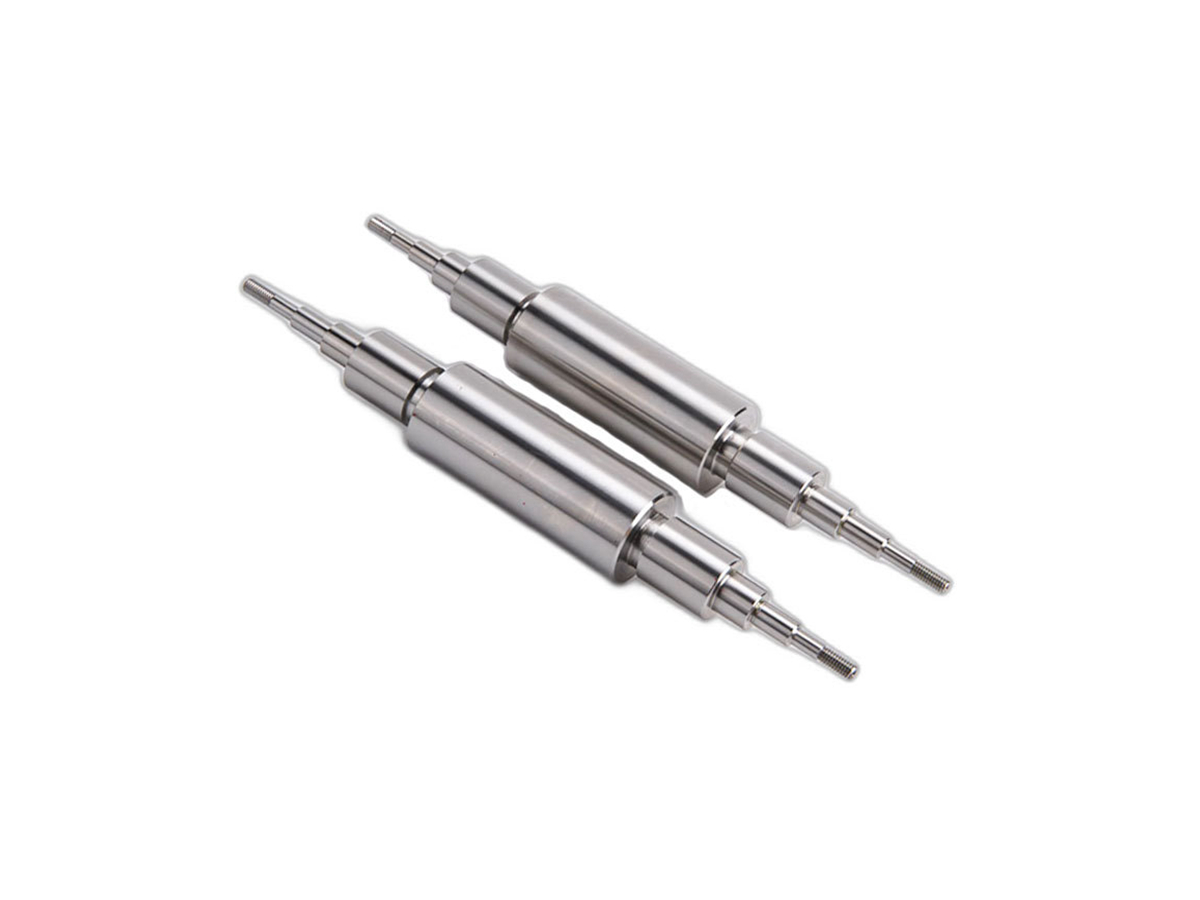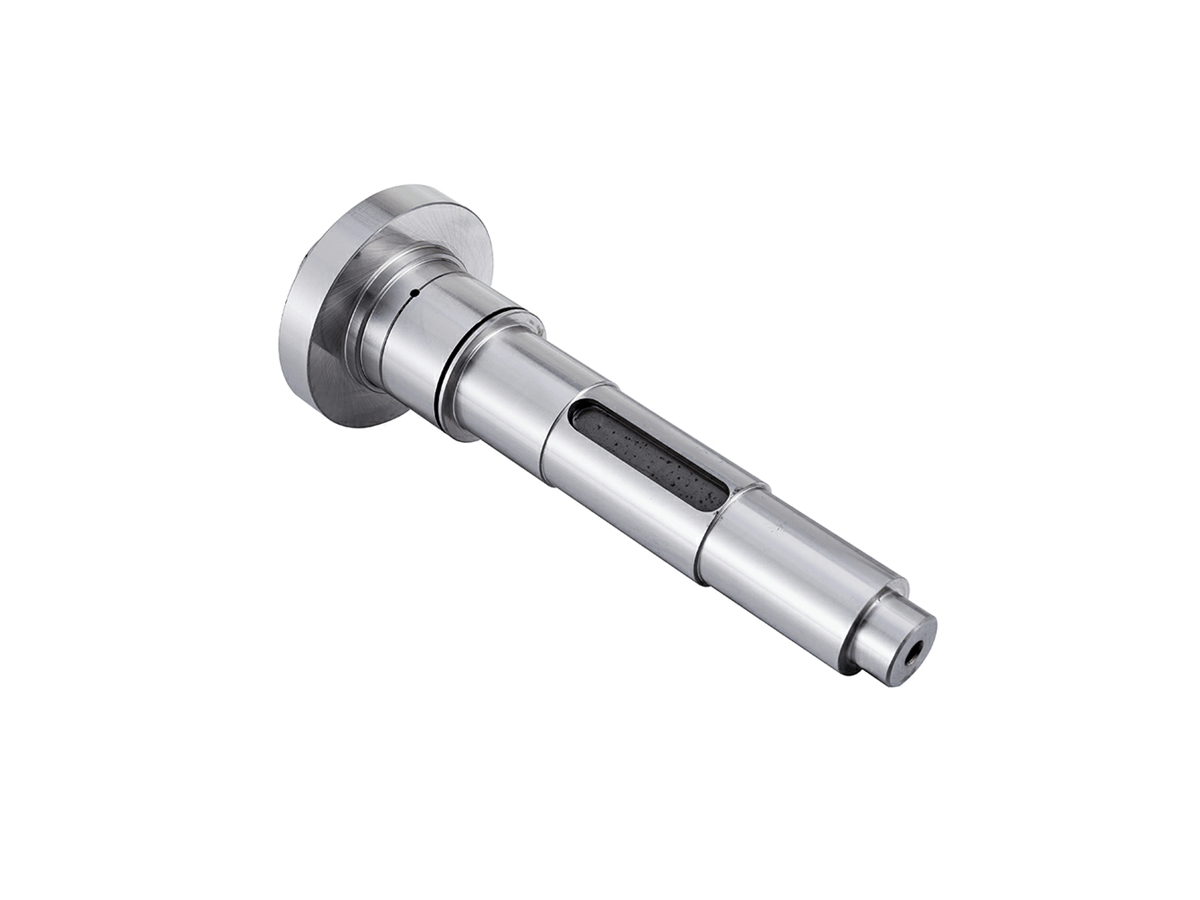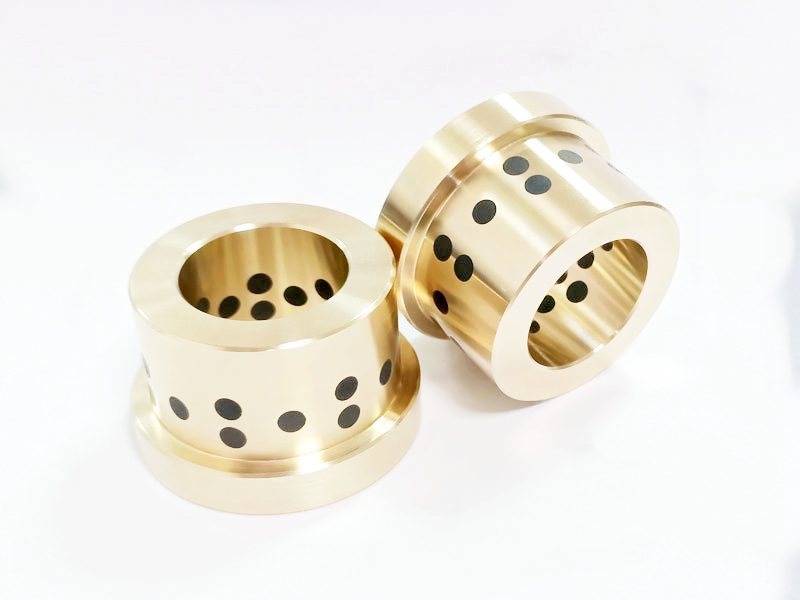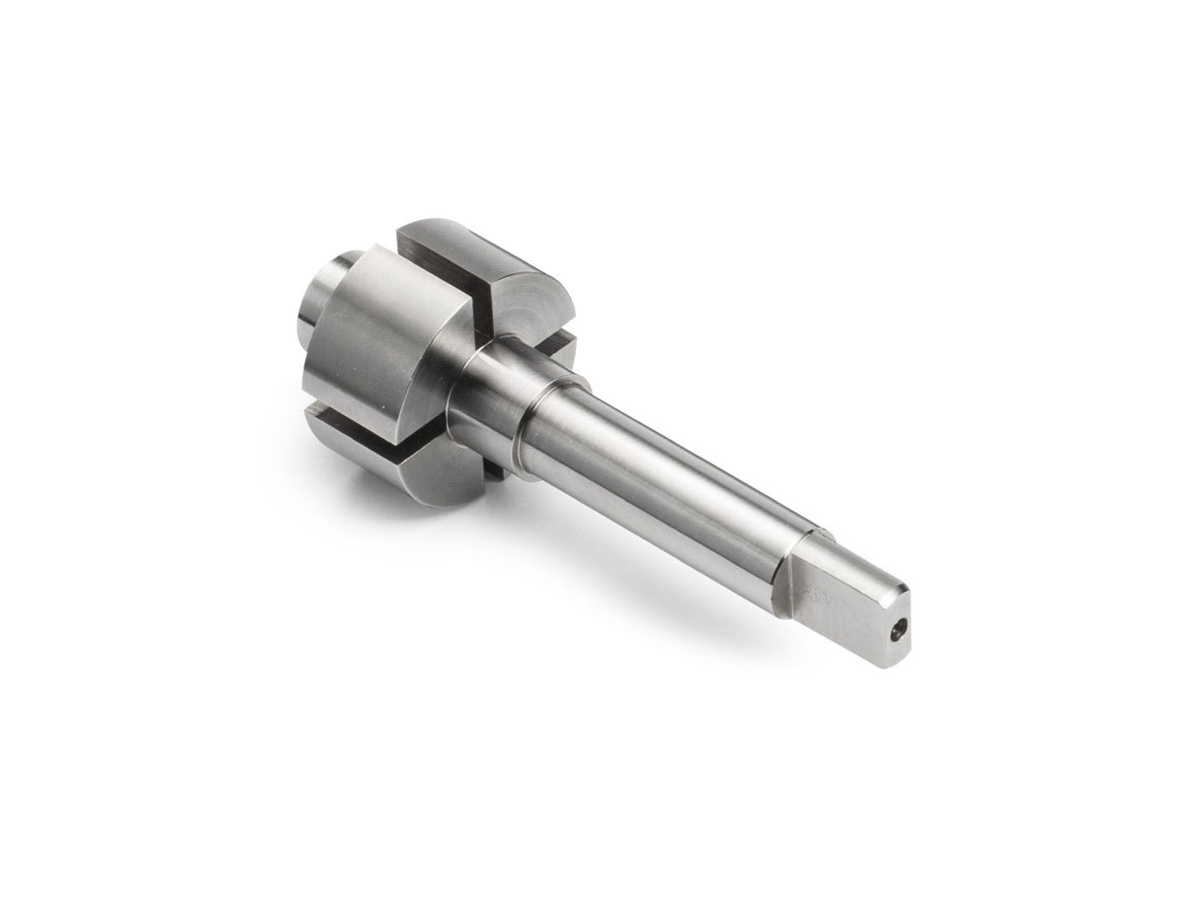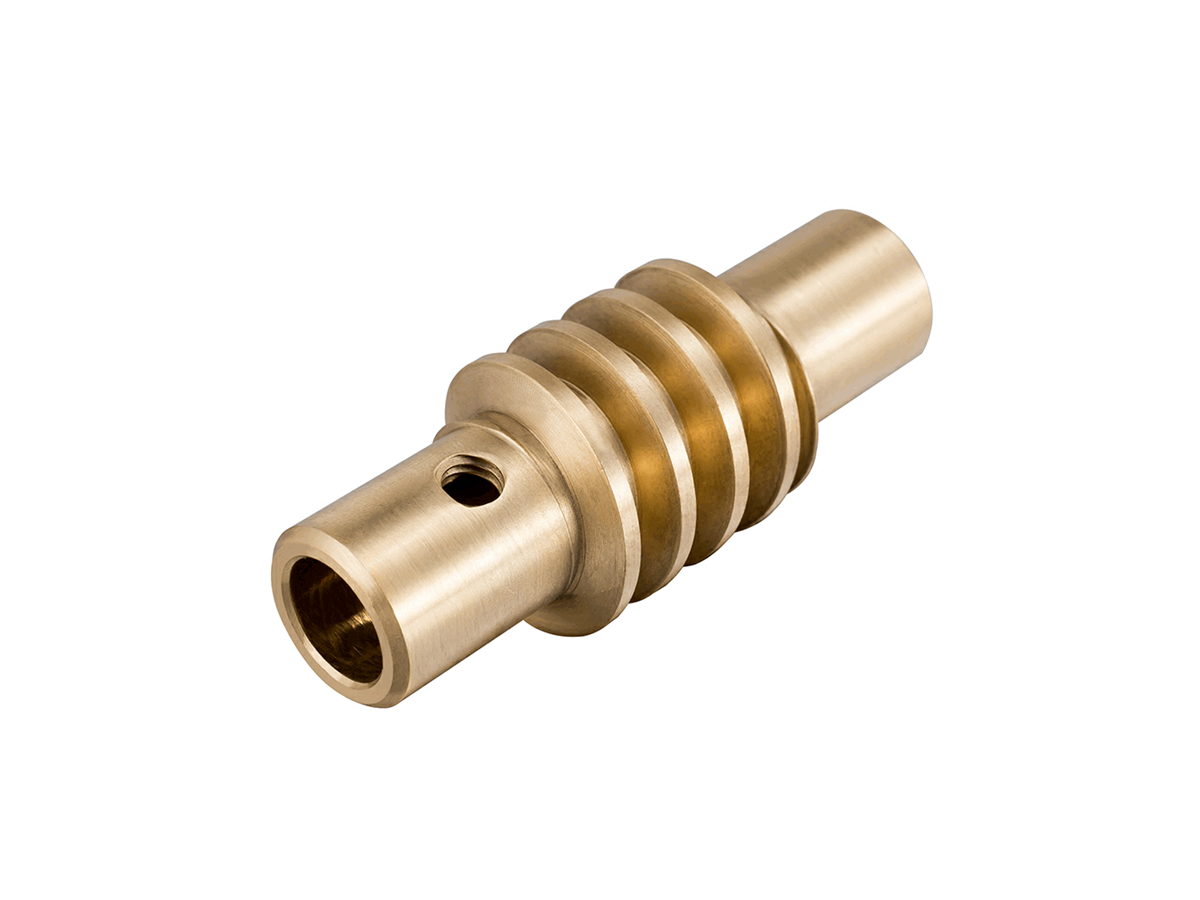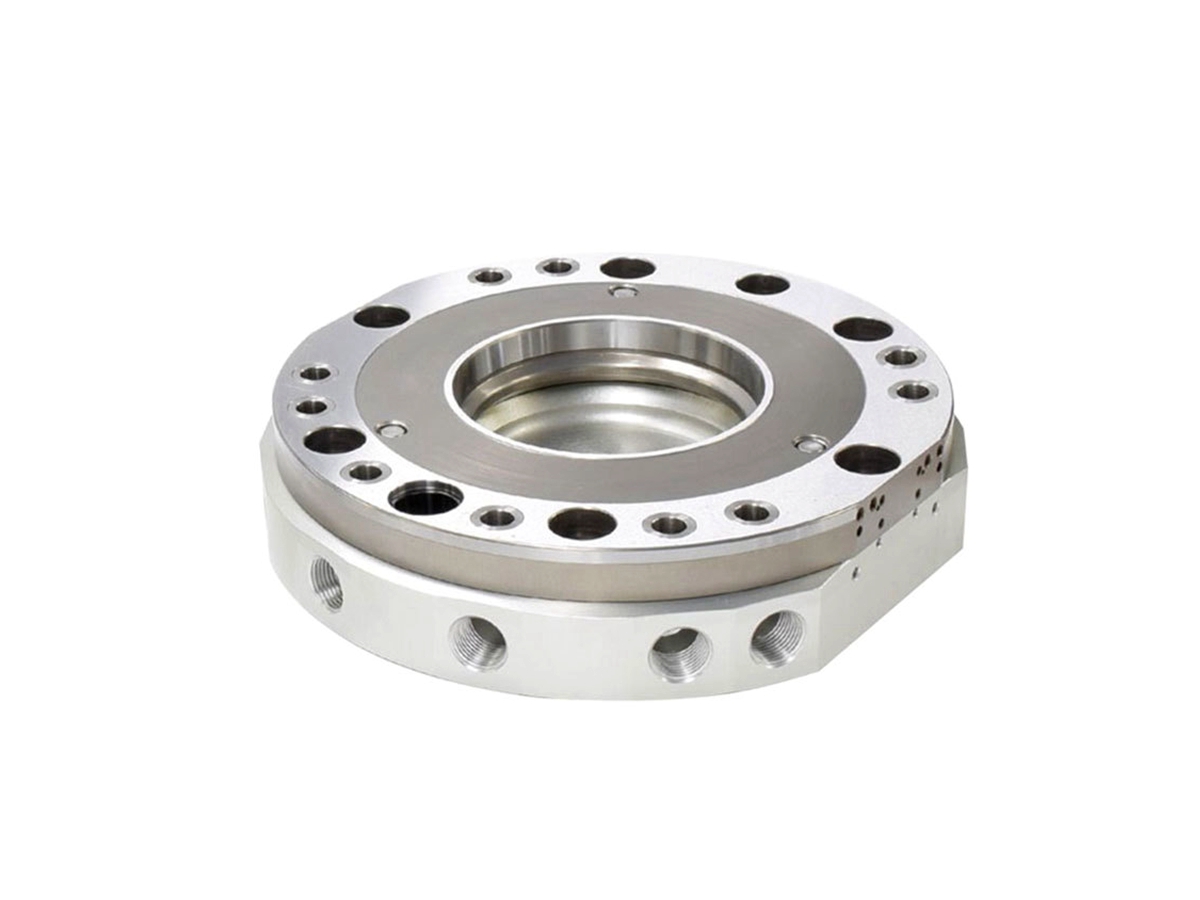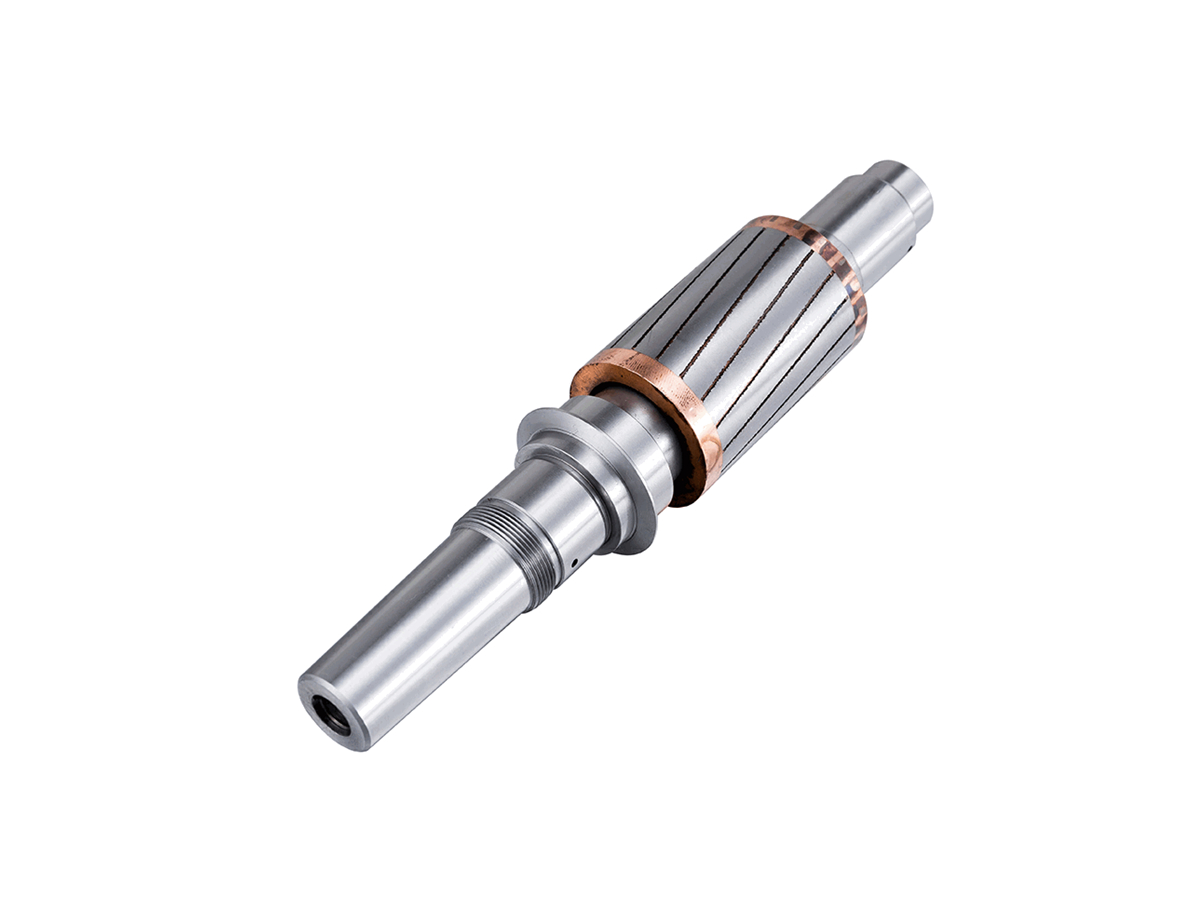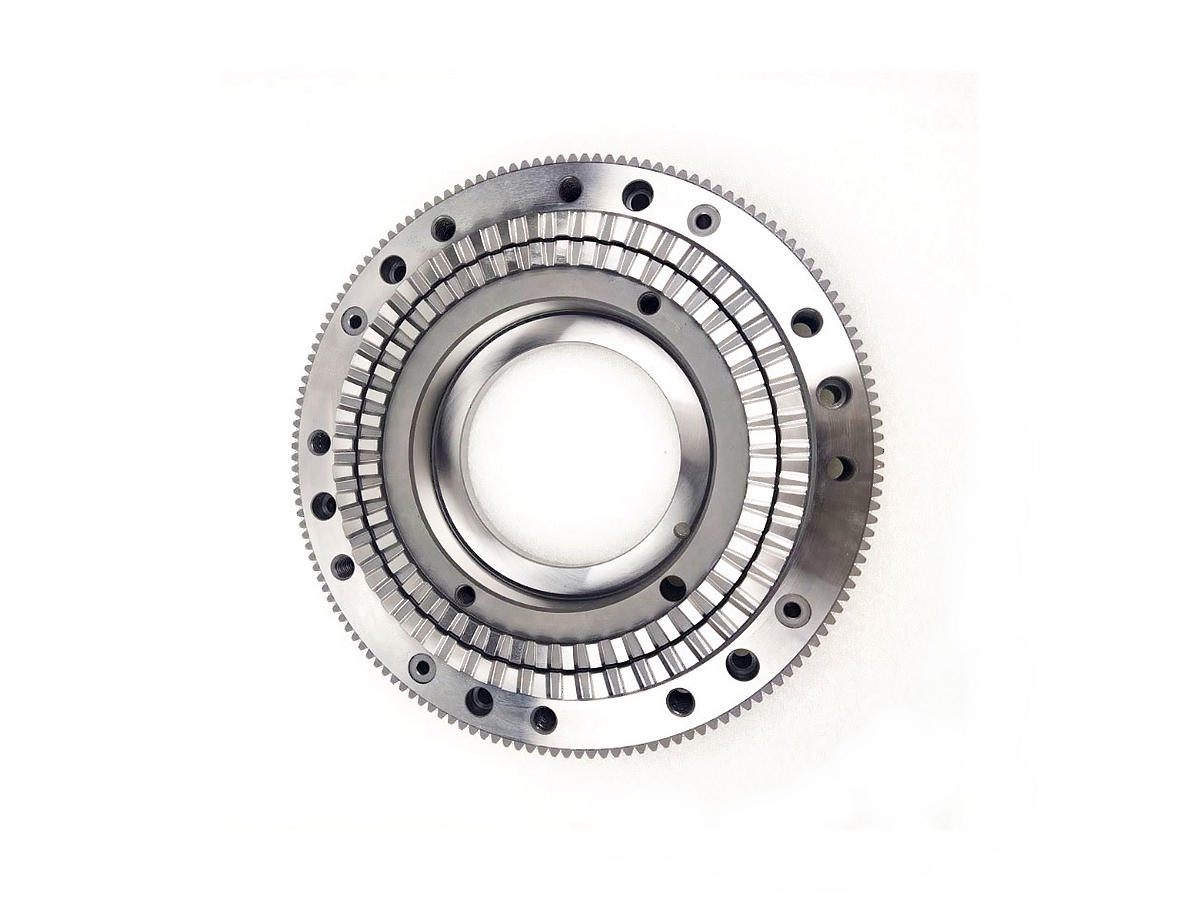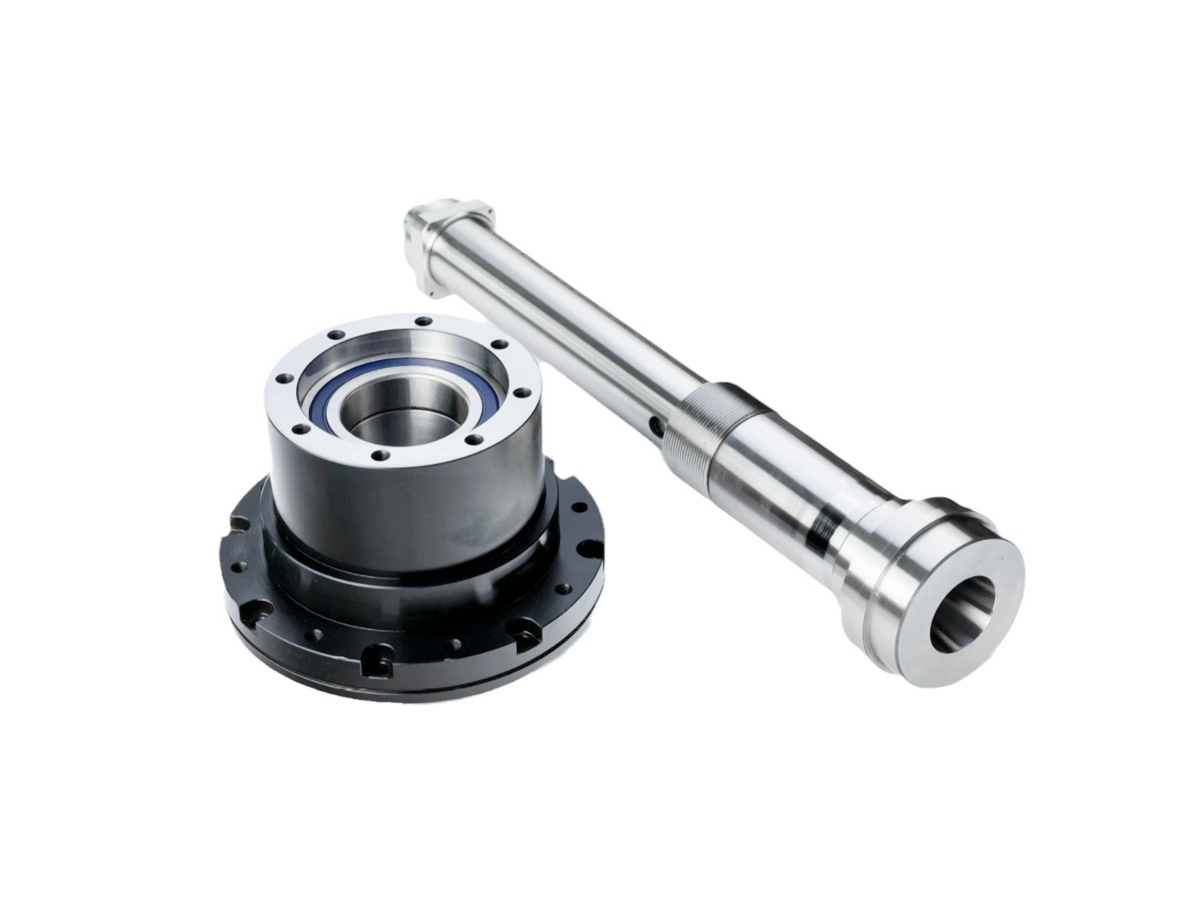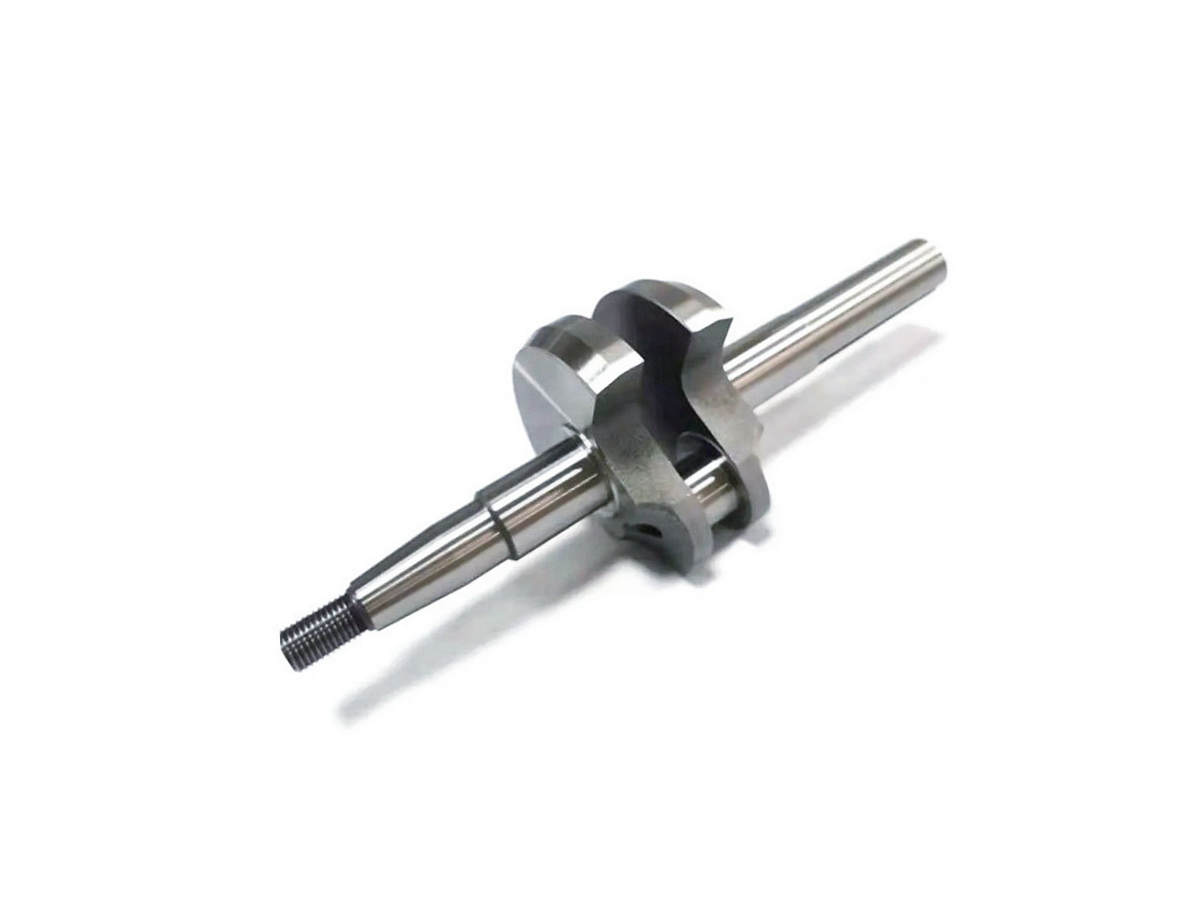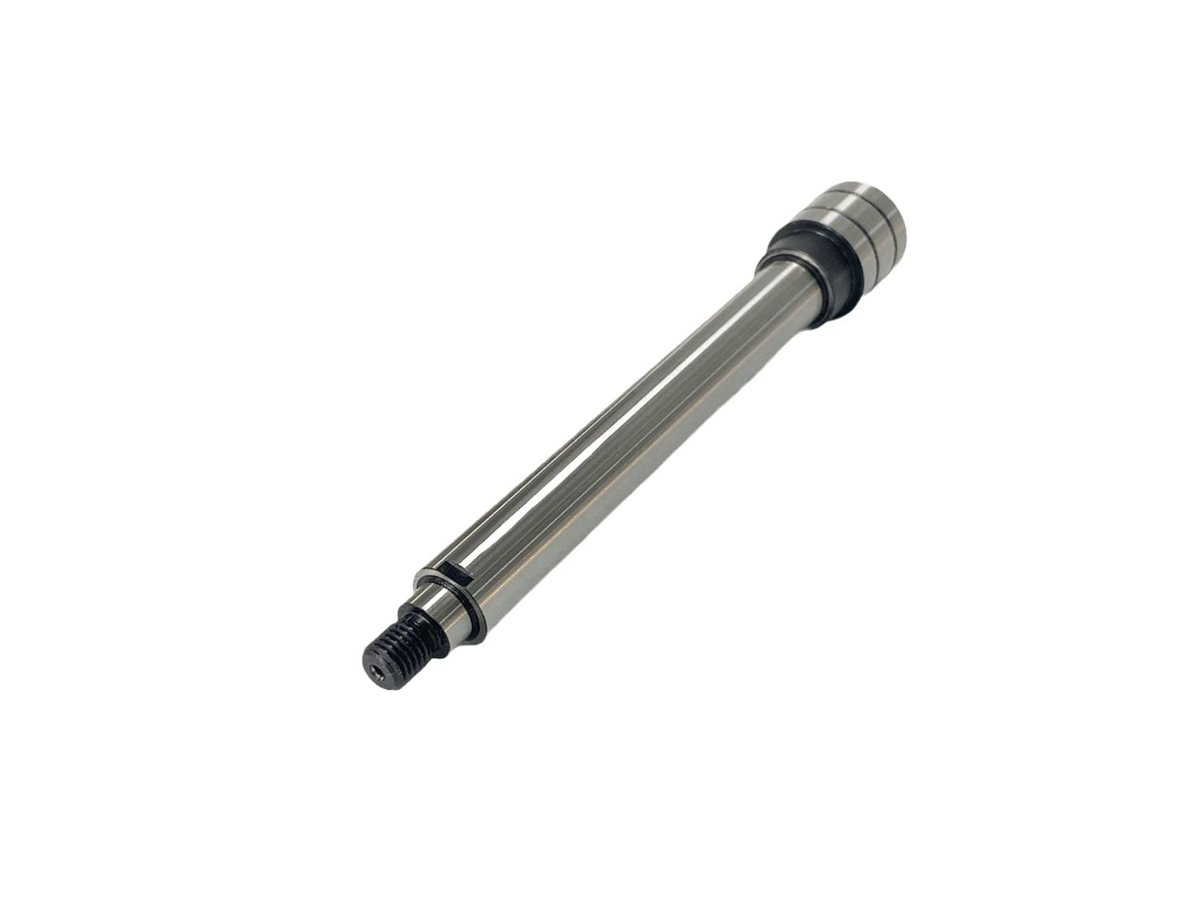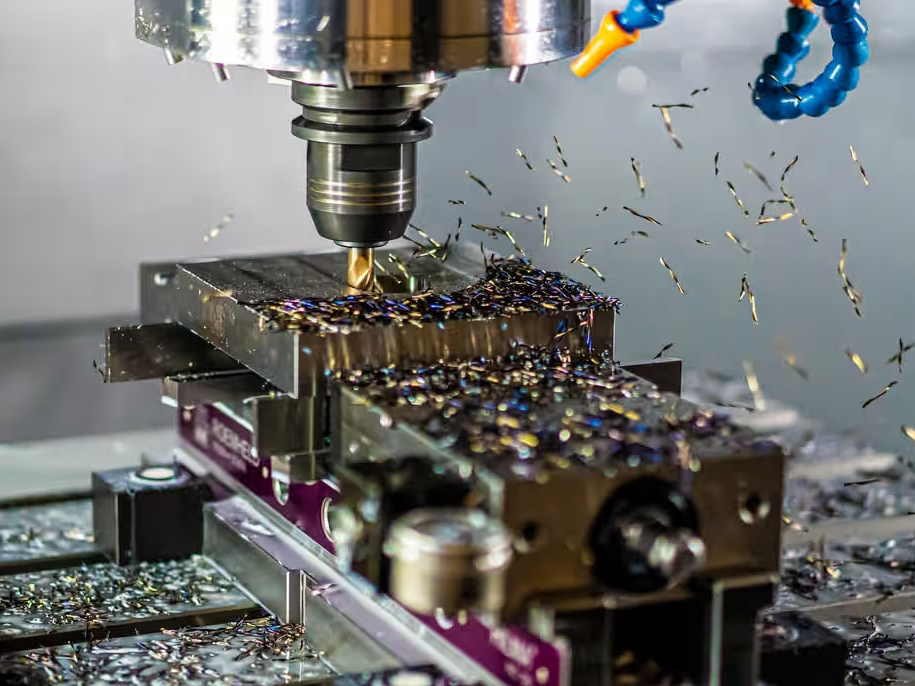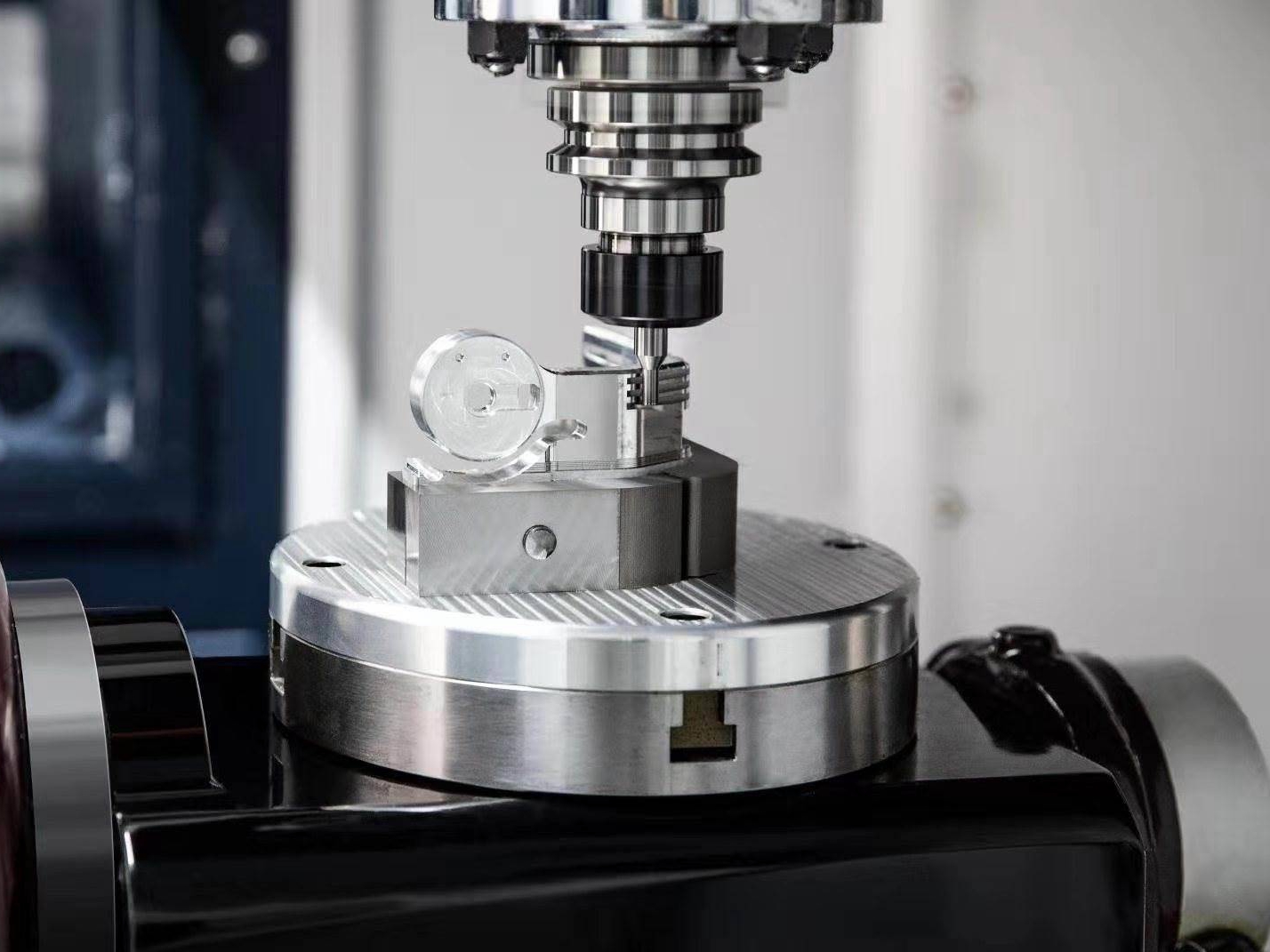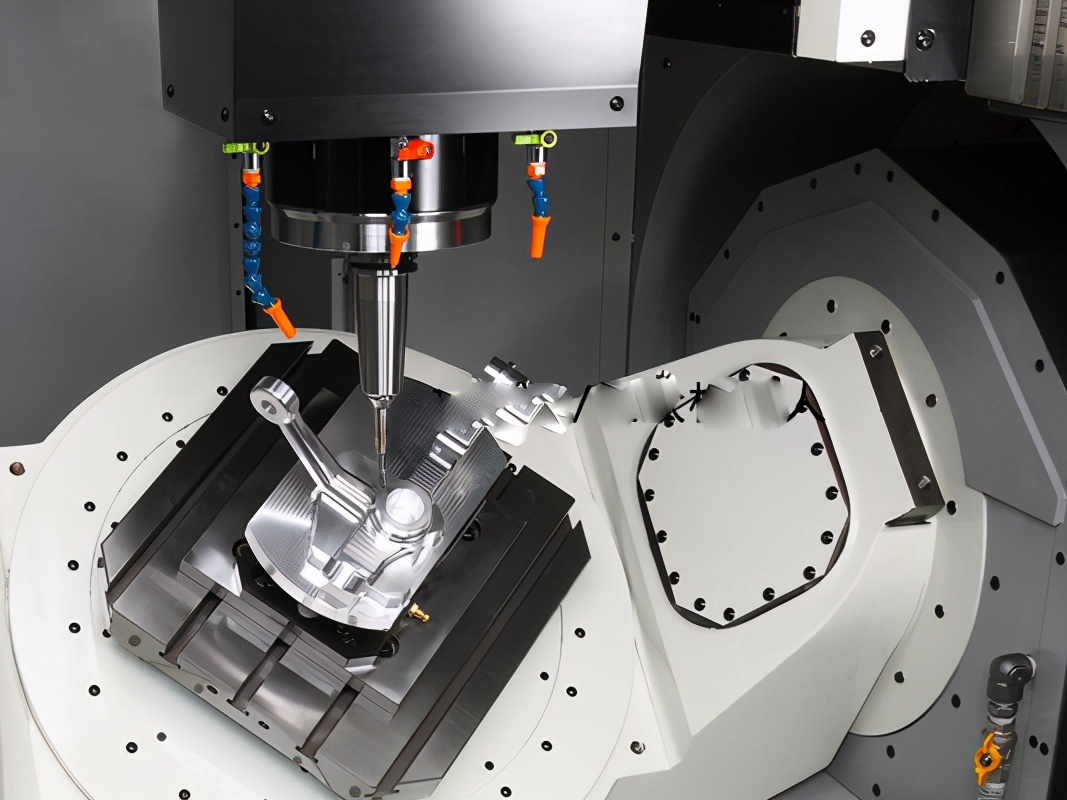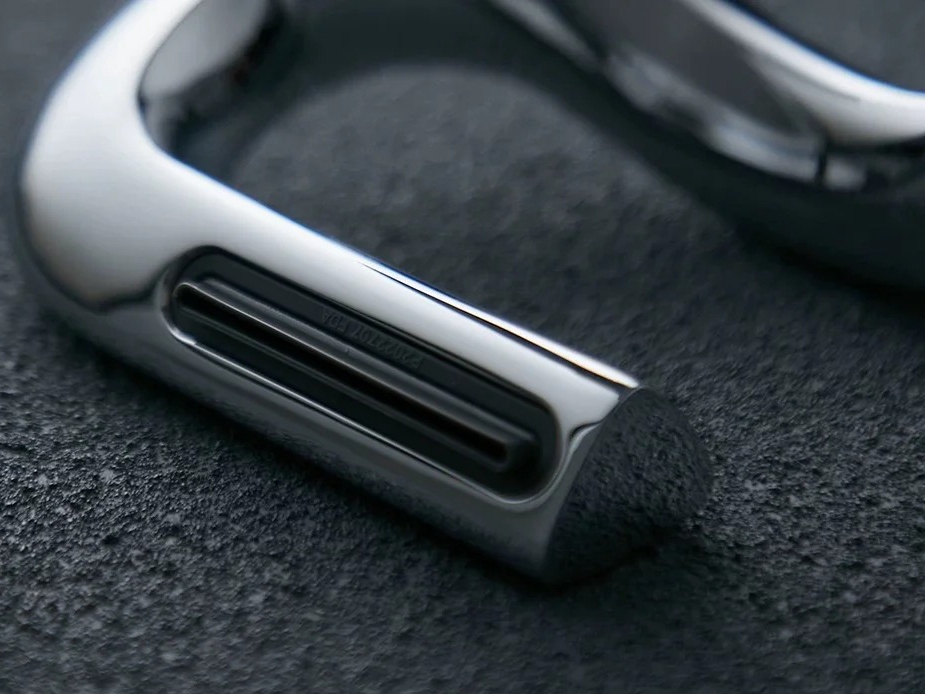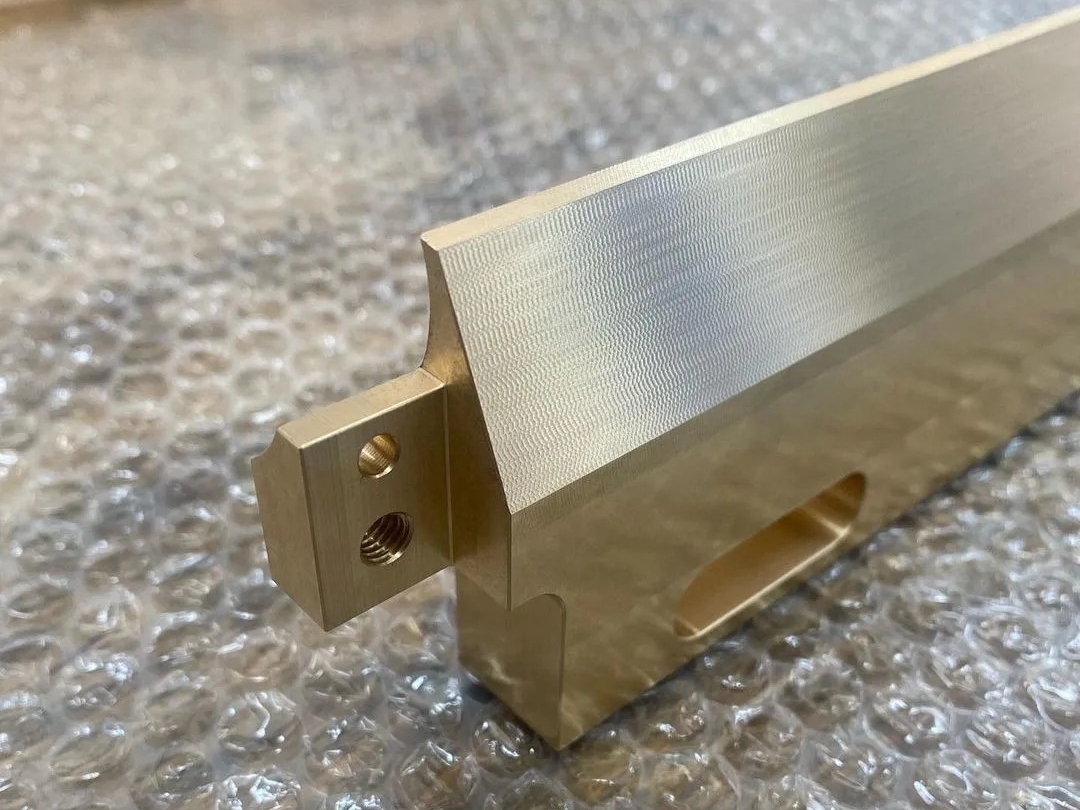Precision Online Custom_ CNC Grinding Service
Our On-Demand Precision CNC Milling Service is tailored to meet the most exacting standards for industries requiring high-quality, reliable, and efficient superalloys, ceramic, stainless steel, aluminum, and titanium parts CNC milling solutions.
- Rapid CNC Grinding Prototyping Service
- Low Volume CNC Grinding Service
- CNC Grinding Mass Production Service
- One Stop CNC Grinding Service
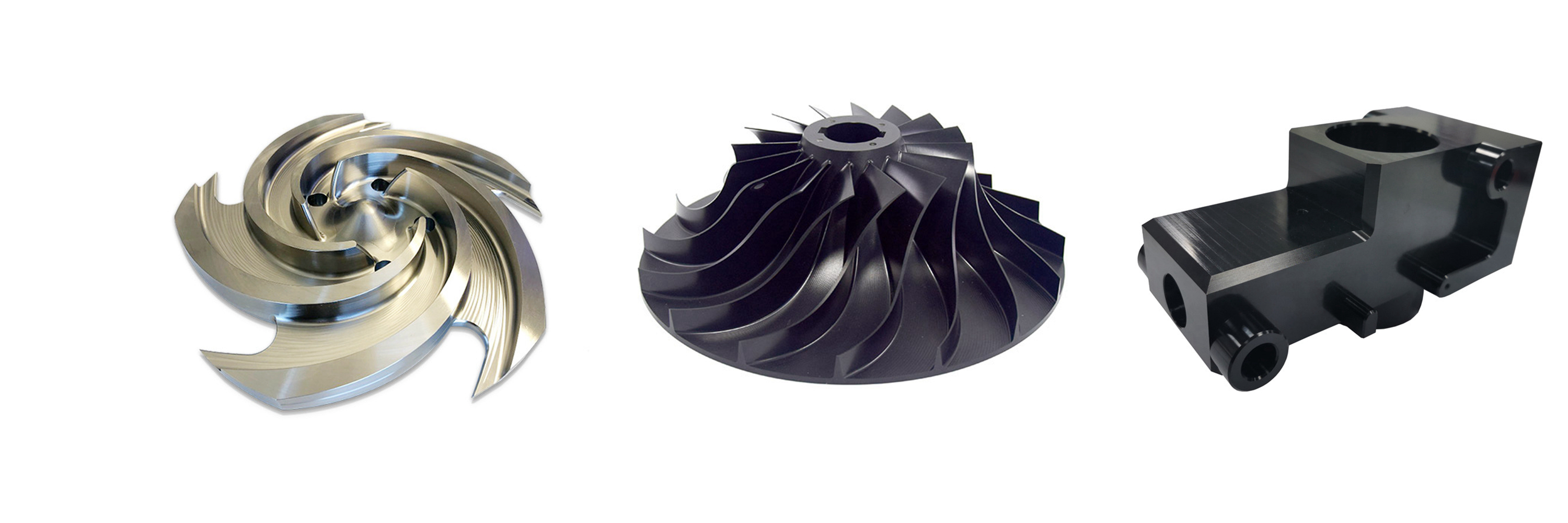
Send us your designs and specifications for a free quotation
All uploaded files are secure and confidential
Precision CNC Grinding Applications
Precision CNC Grinding Applications involve high-accuracy machining for parts requiring tight tolerances and smooth finishes. Common applications include gears, shafts, and aerospace components, ensuring optimal performance in industries like aerospace, automotive, medical, and industrial equipment with exceptional precision and surface quality.
Key Materials for Precision CNC Grinding
CNC grinding is widely used for precision machining of materials like superalloy, titanium, aluminum, copper, brass, bronze, carbon steel, stainless steel, plastic, and ceramic. These materials are selected for their durability, strength, and versatility in various industries. CNC grinding ensures high accuracy, smooth finishes, and tight tolerances, making it ideal for complex and high-performance applications.
Surface Treatment for CNC Grinding Parts
Surface Treatment for CNC Grinding Parts enhances durability, performance, and appearance. Options include polishing, plating, and coating to improve wear resistance, reduce friction, and protect against corrosion, ensuring high-quality finishes for precision components across various industrial applications.
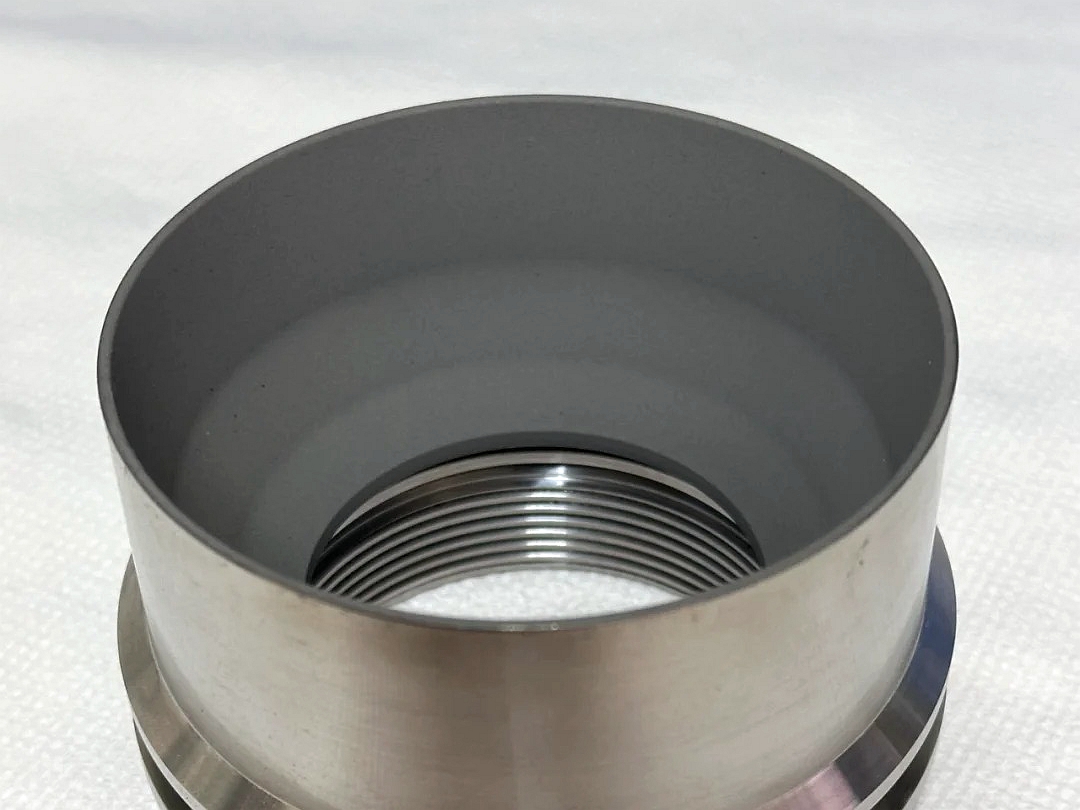
learn more
Thermal Coating
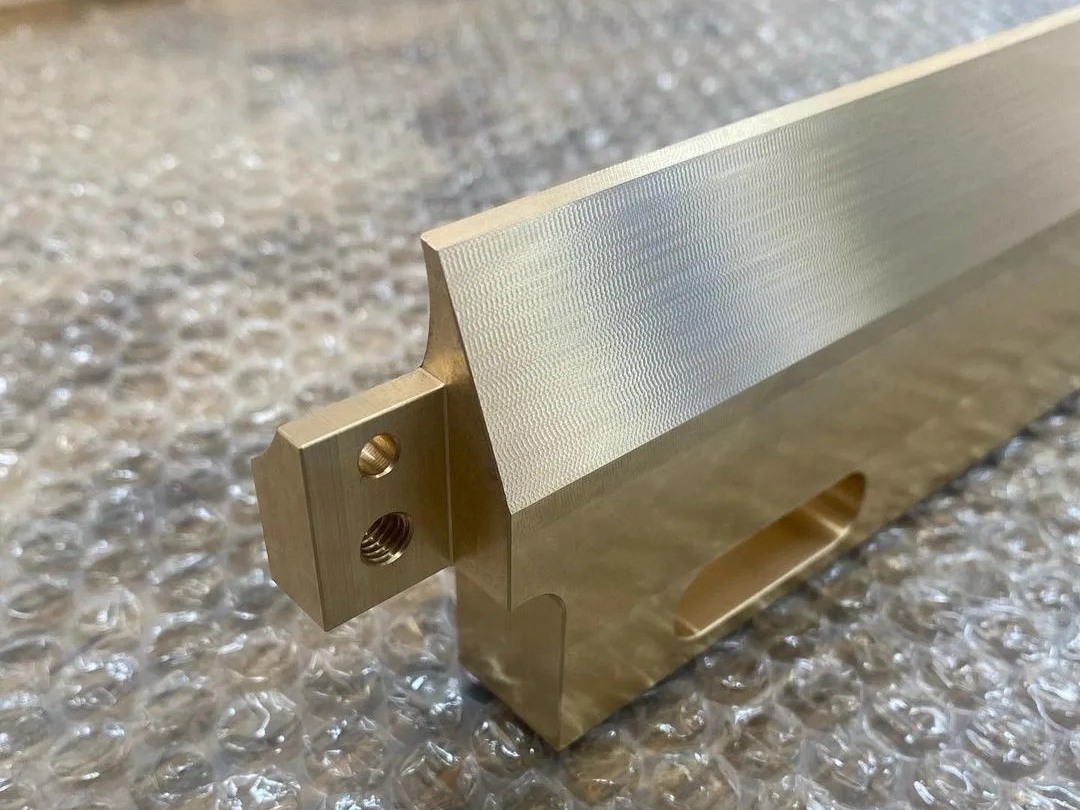
learn more
As Machined
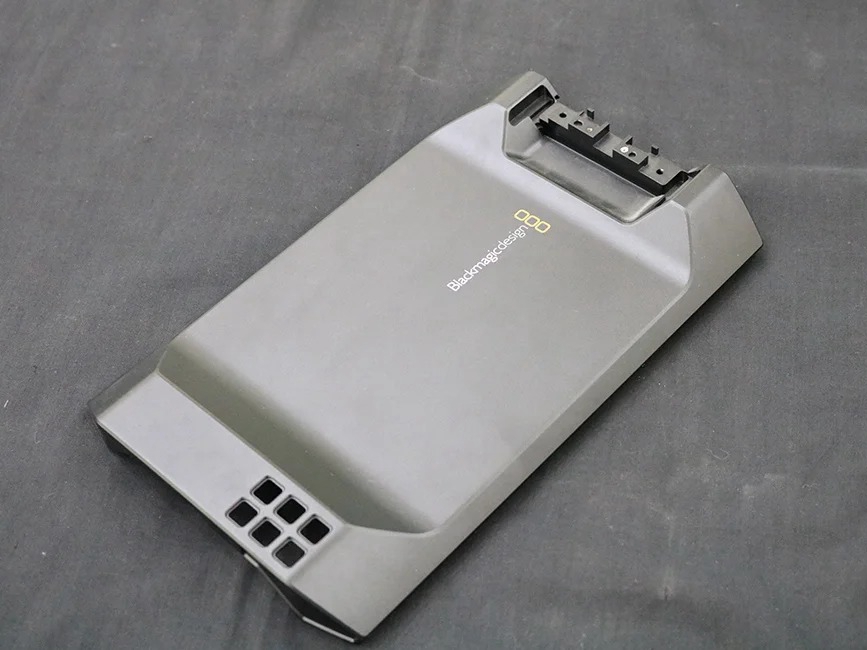
learn more
Painting
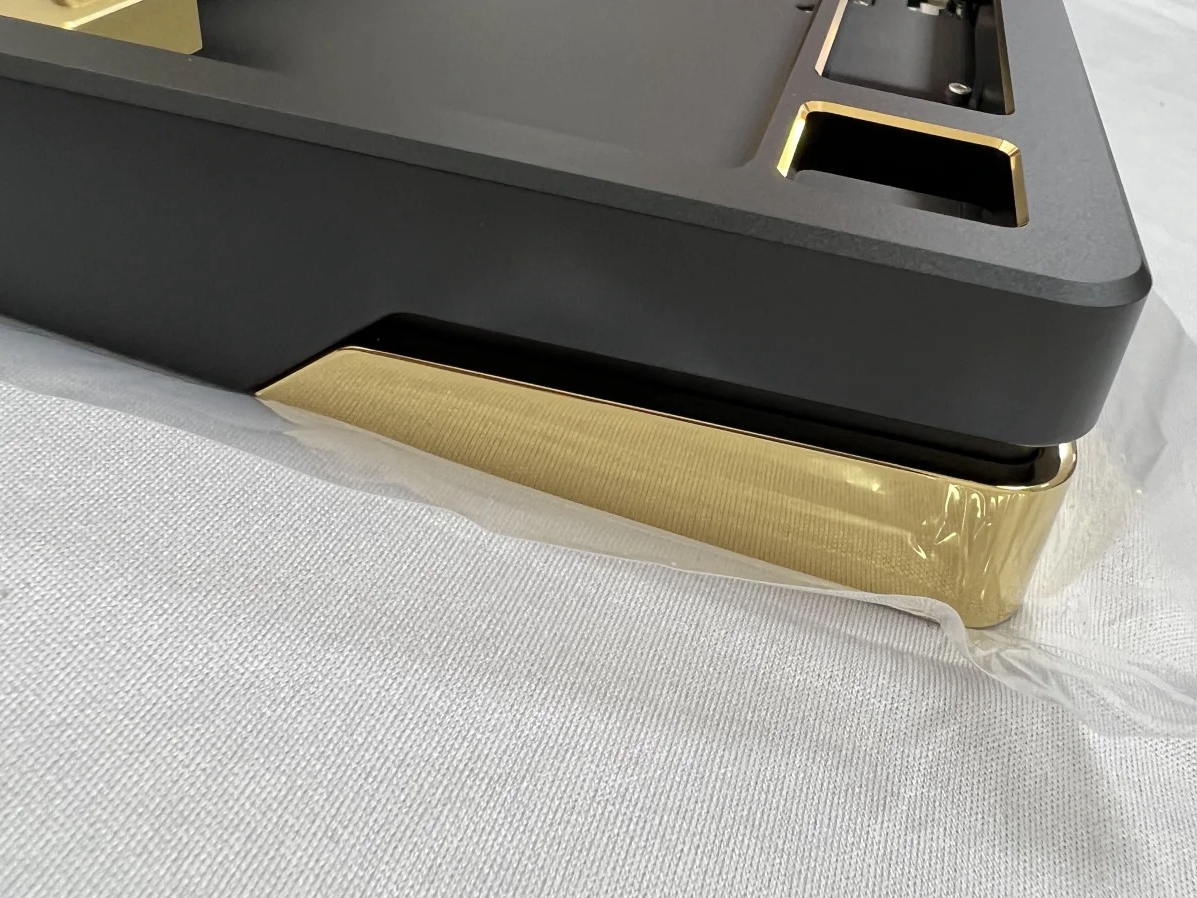
learn more
PVD (Physical Vapor Deposition)
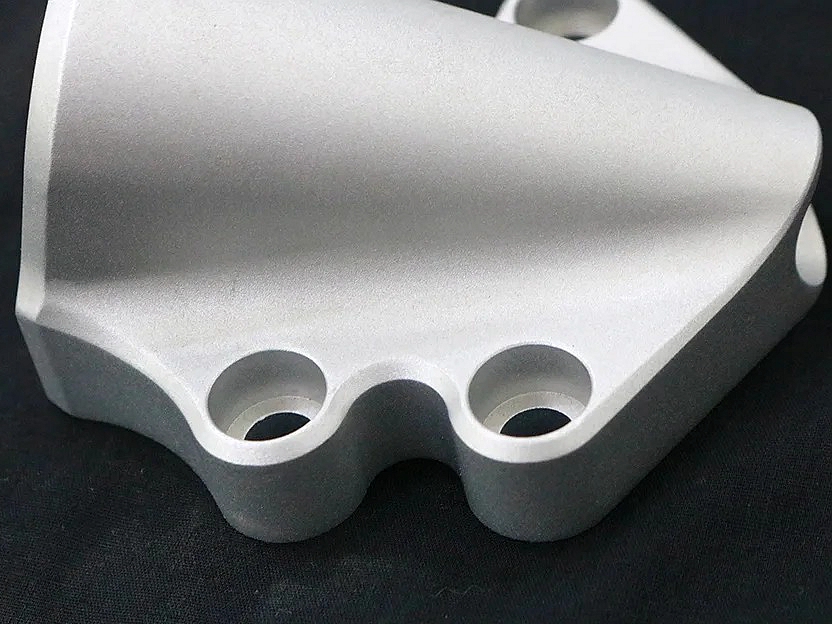
learn more
Sandblasting
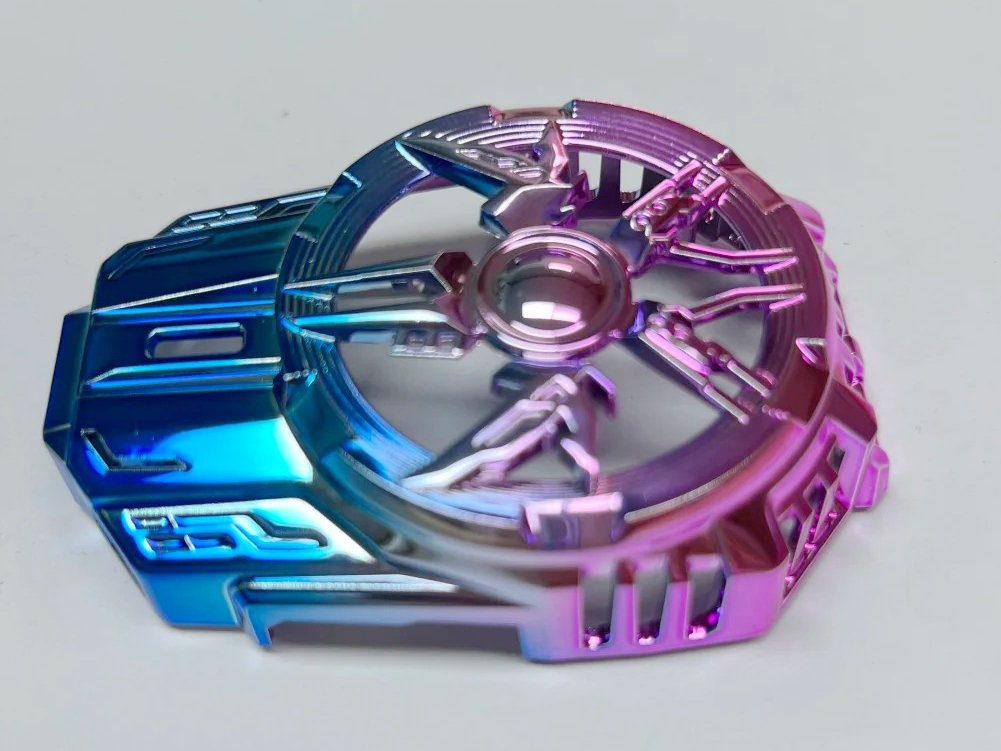
learn more
Electroplating
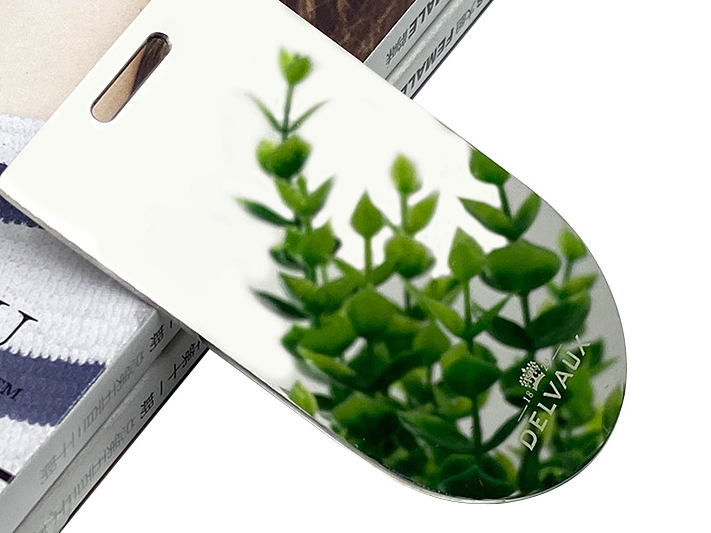
learn more
Polishing
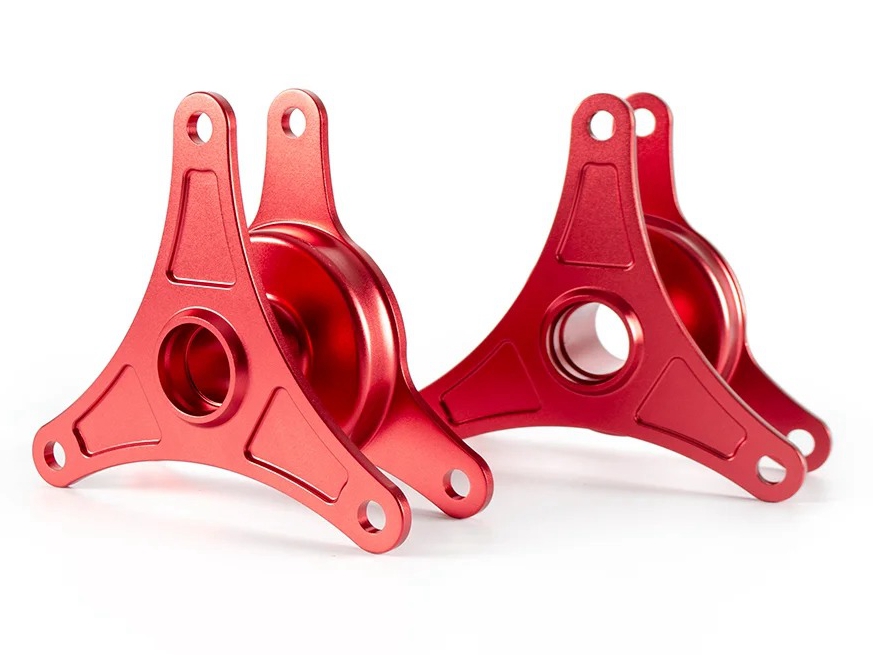
learn more
Anodizing
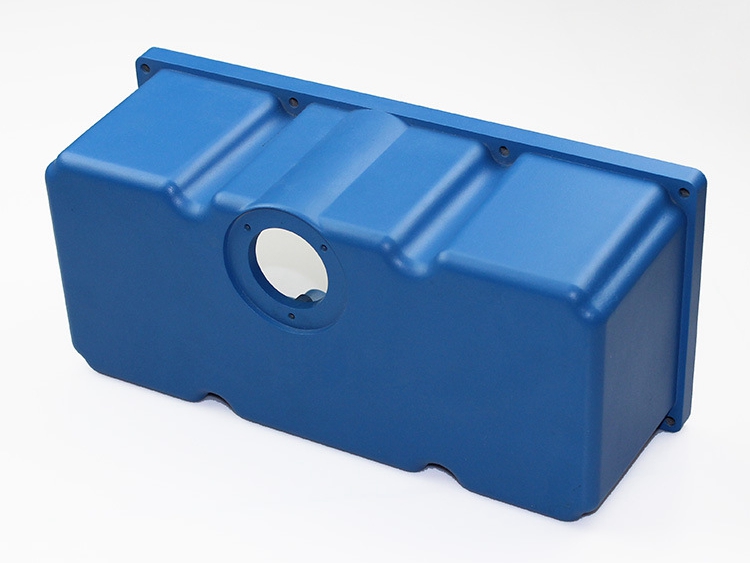
learn more
Powder Coating
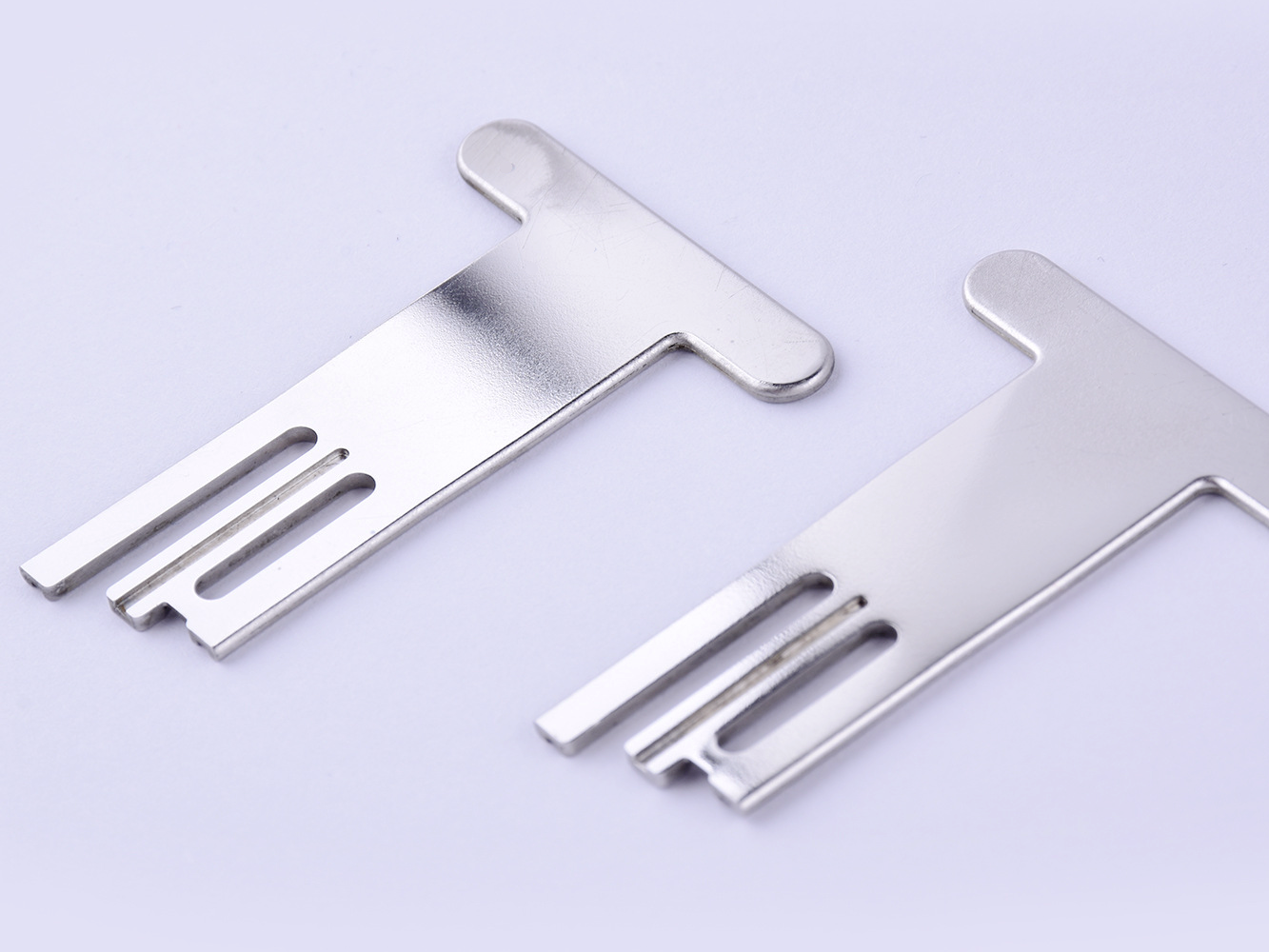
learn more
Electropolishing
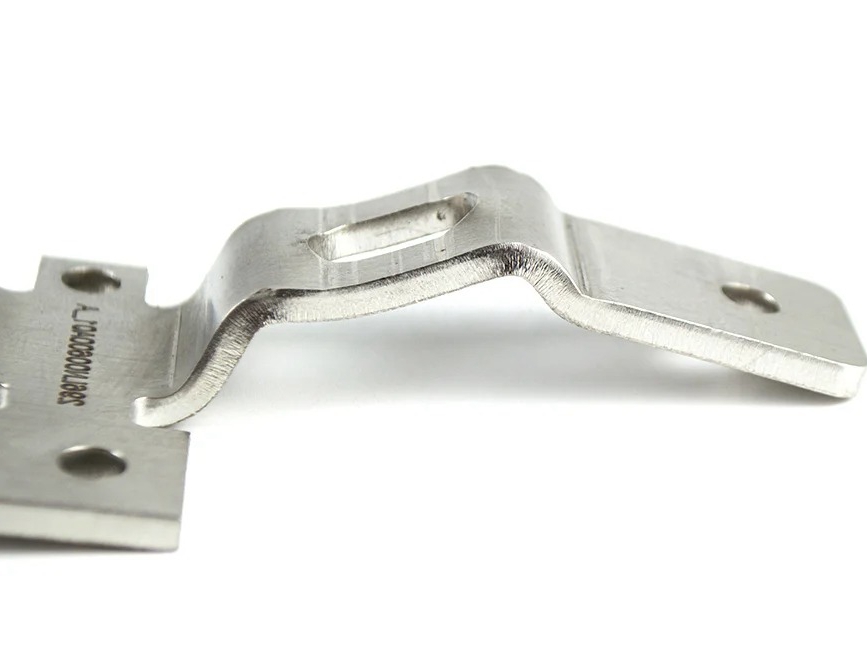
learn more
Passivation
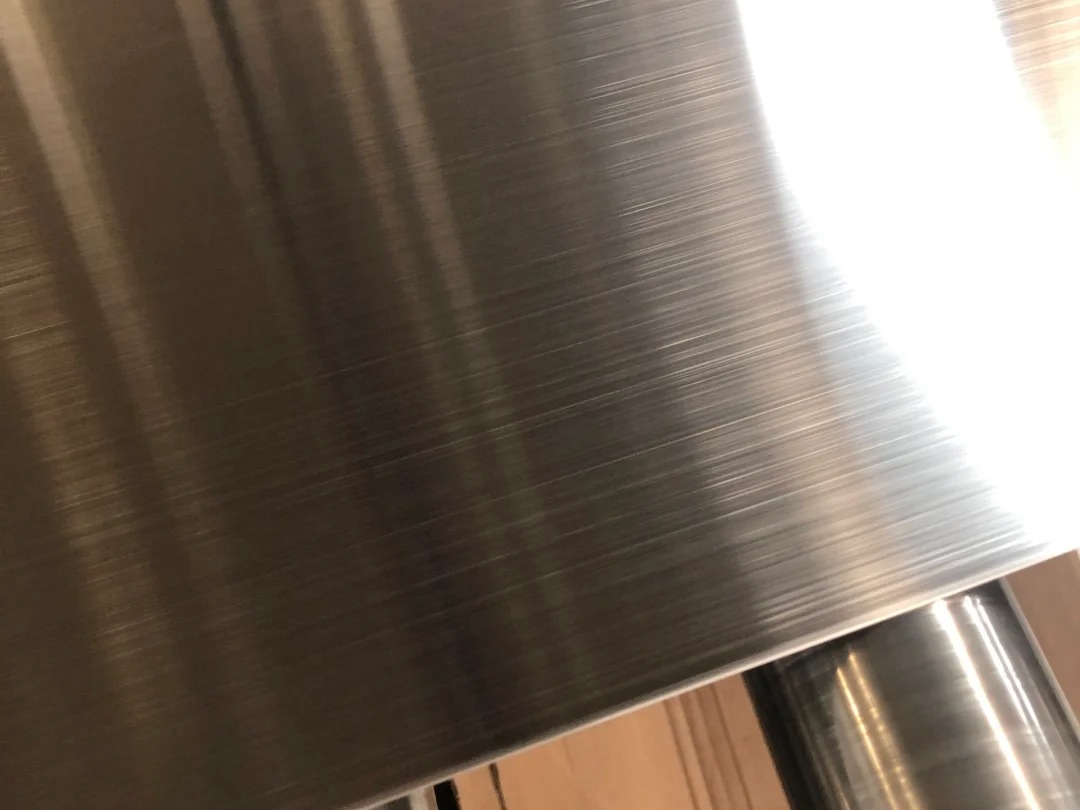
learn more
Brushing
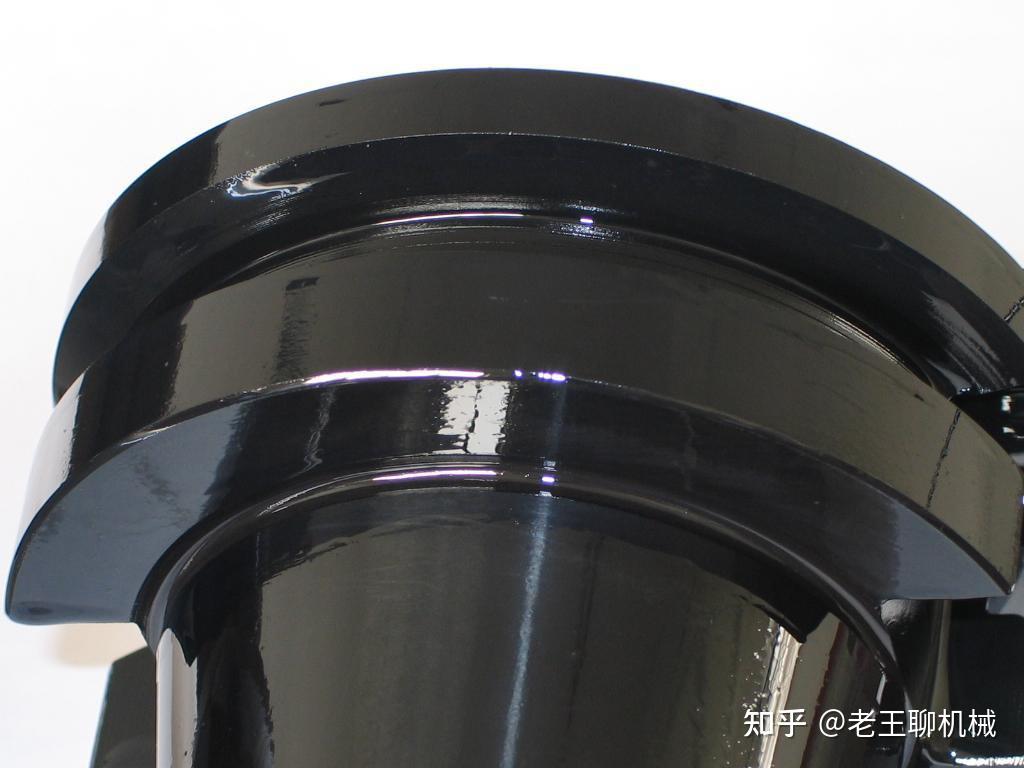
learn more
Black Oxide
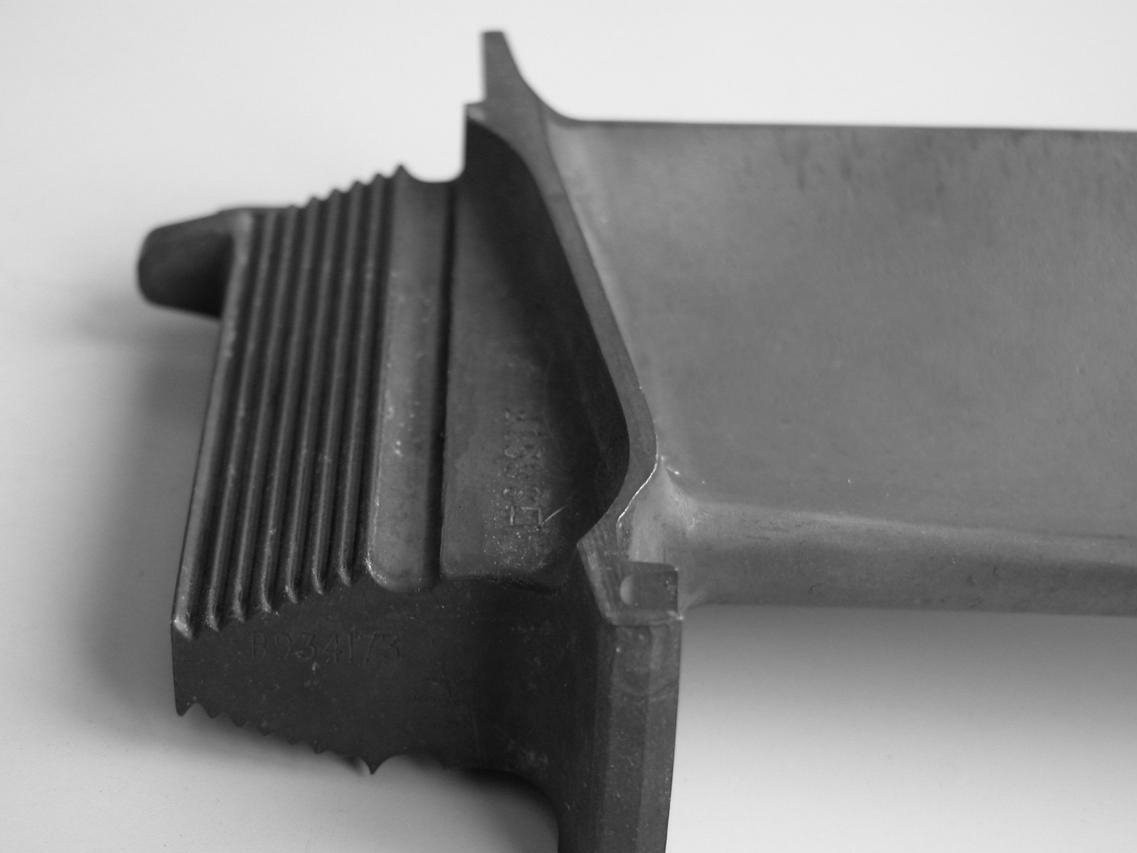
learn more
Heat Treatment
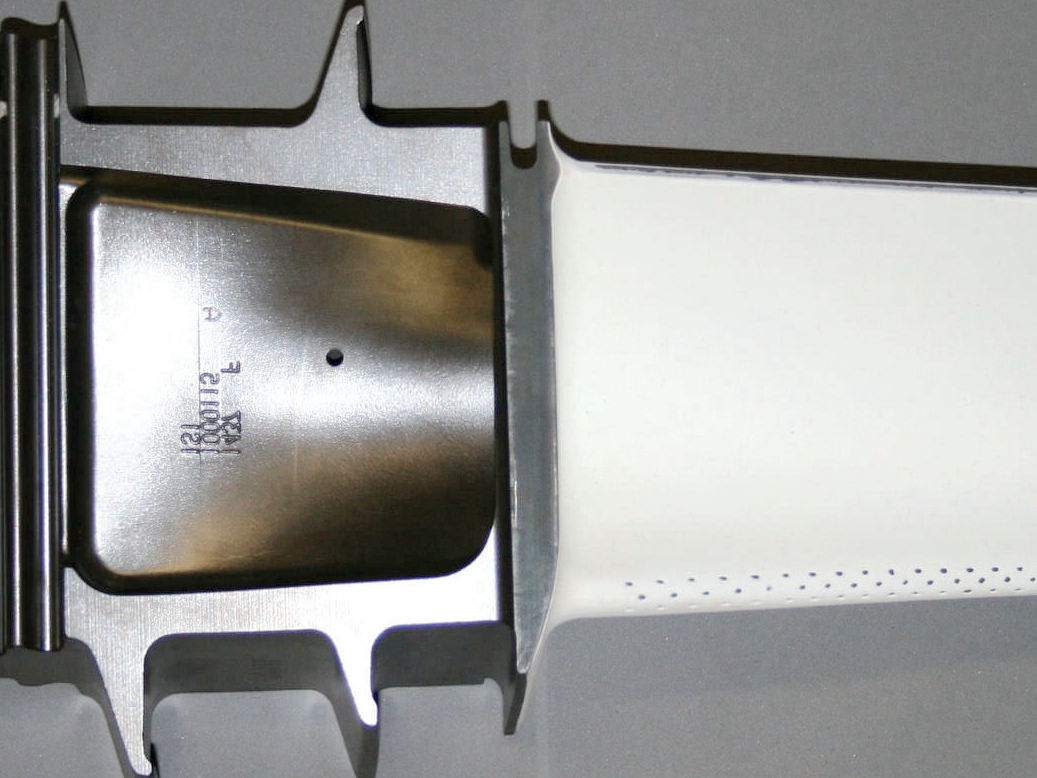
learn more
Thermal Barrier Coating (TBC)
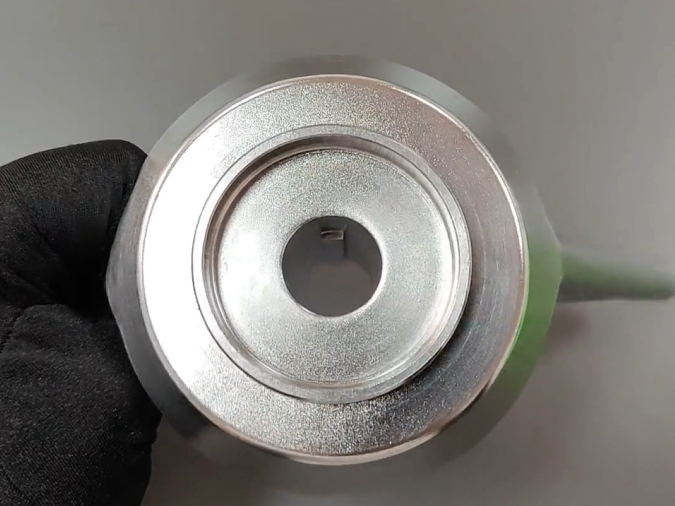
learn more
Tumbling
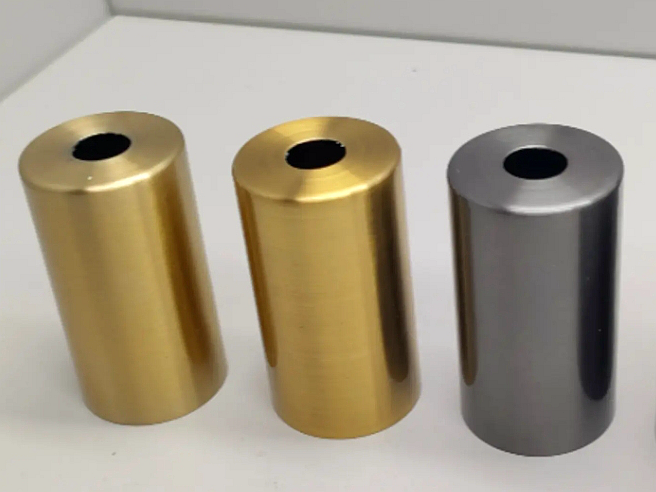
learn more
Alodine
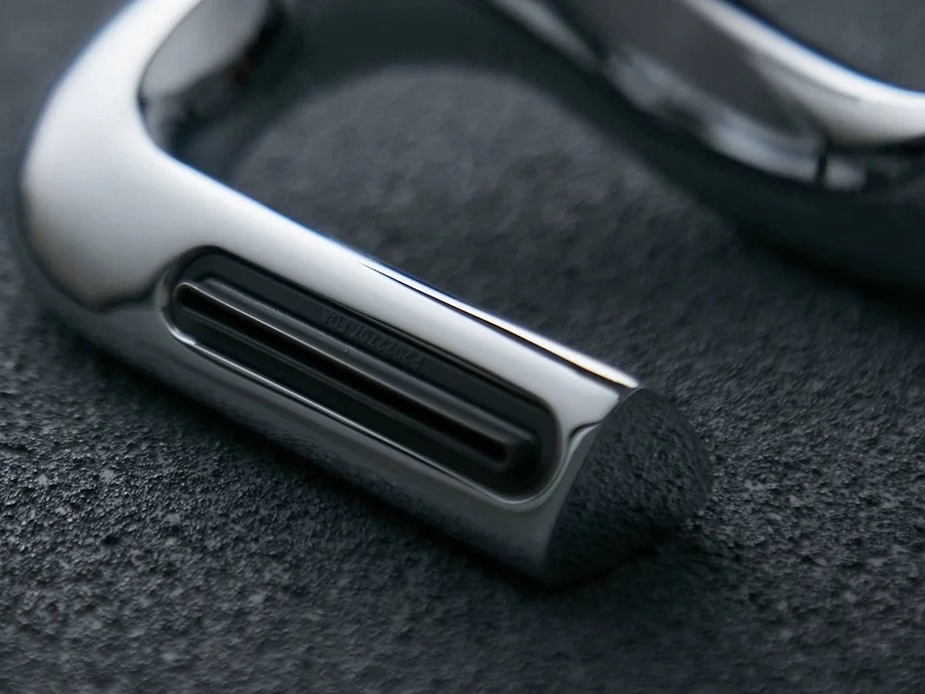
learn more
Chrome Plating
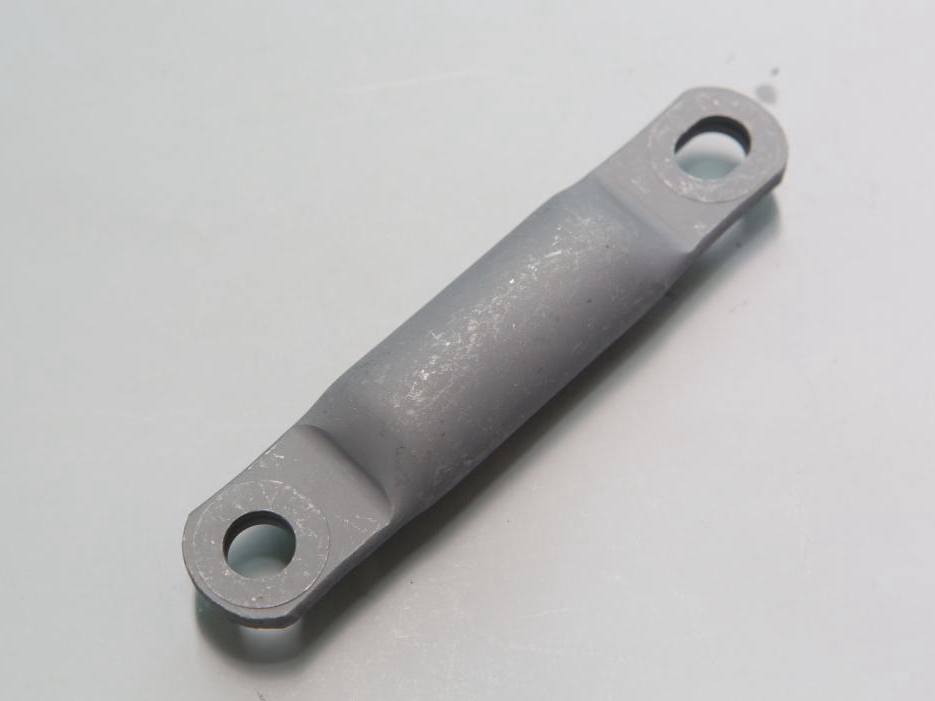
learn more
Phosphating
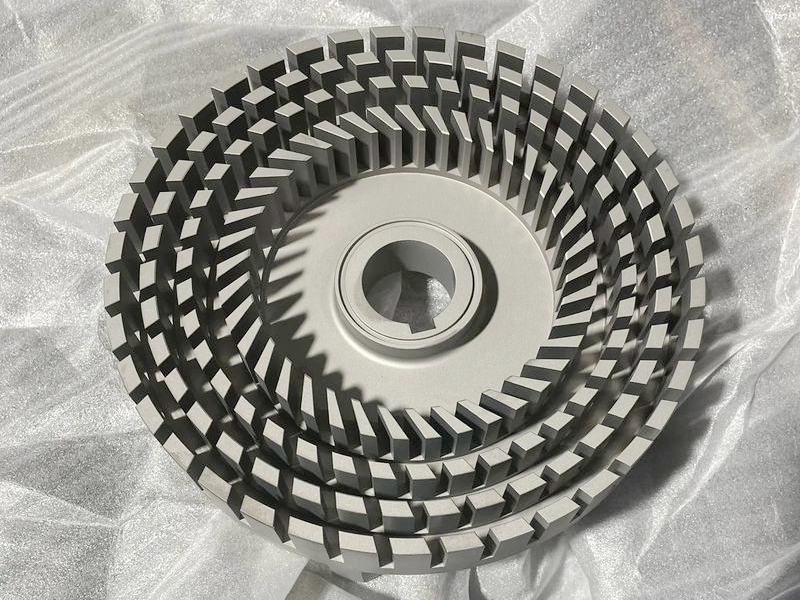
learn more
Nitriding
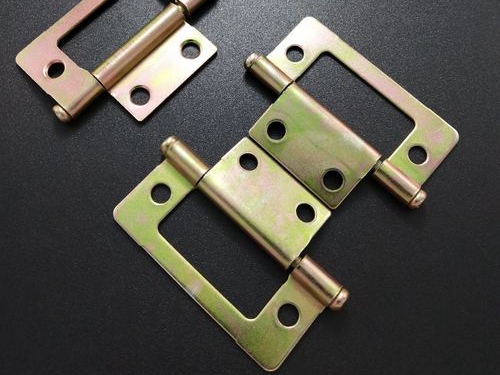
learn more
Galvanizing
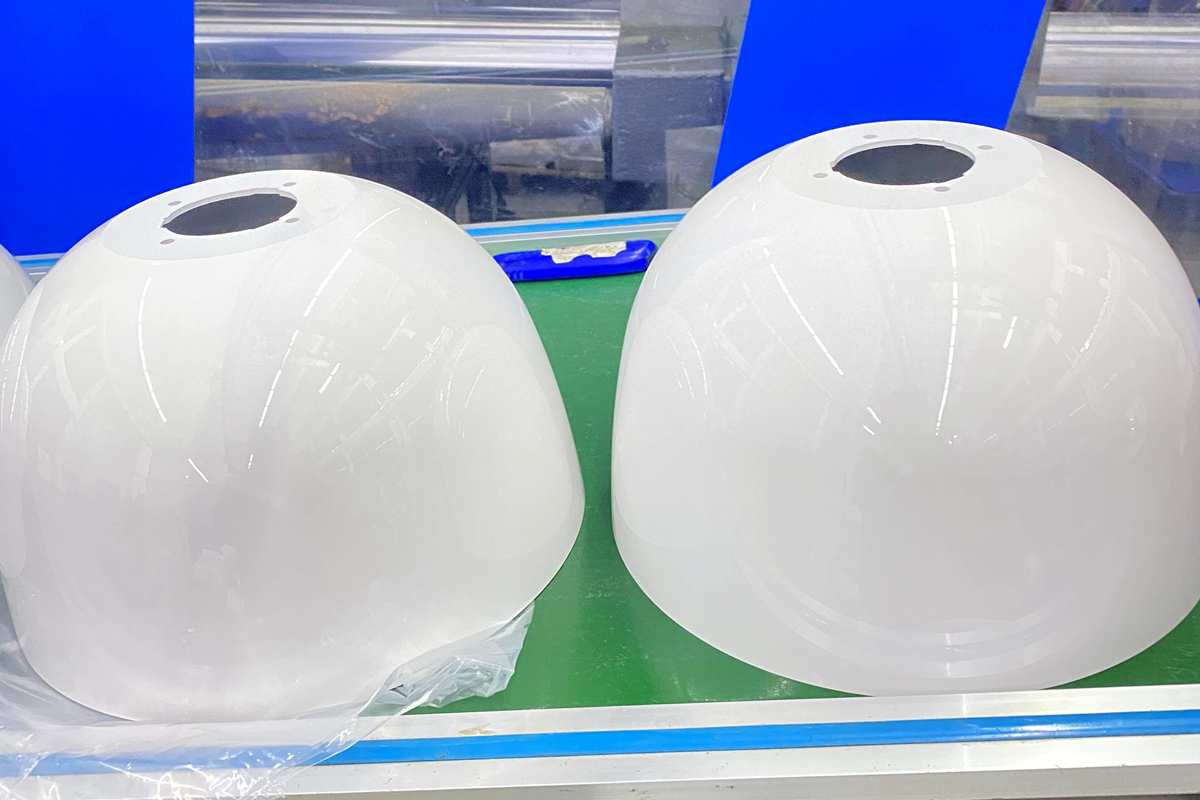
learn more
UV Coating
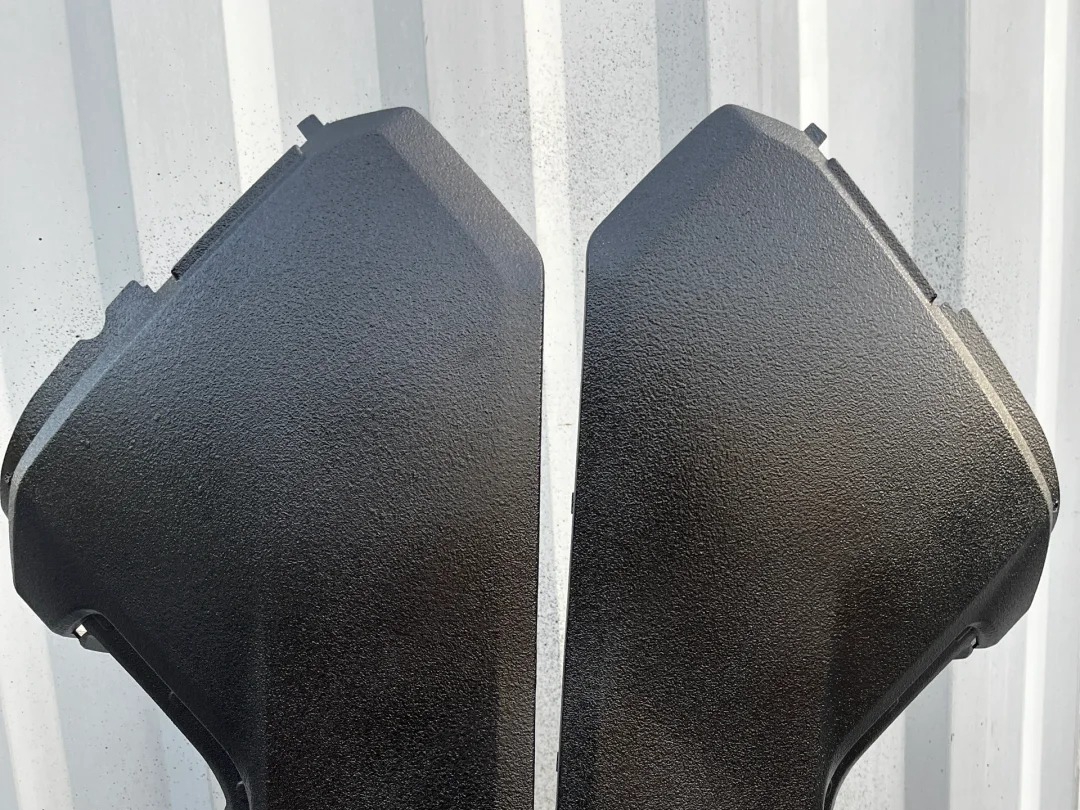
learn more
Lacquer Coating
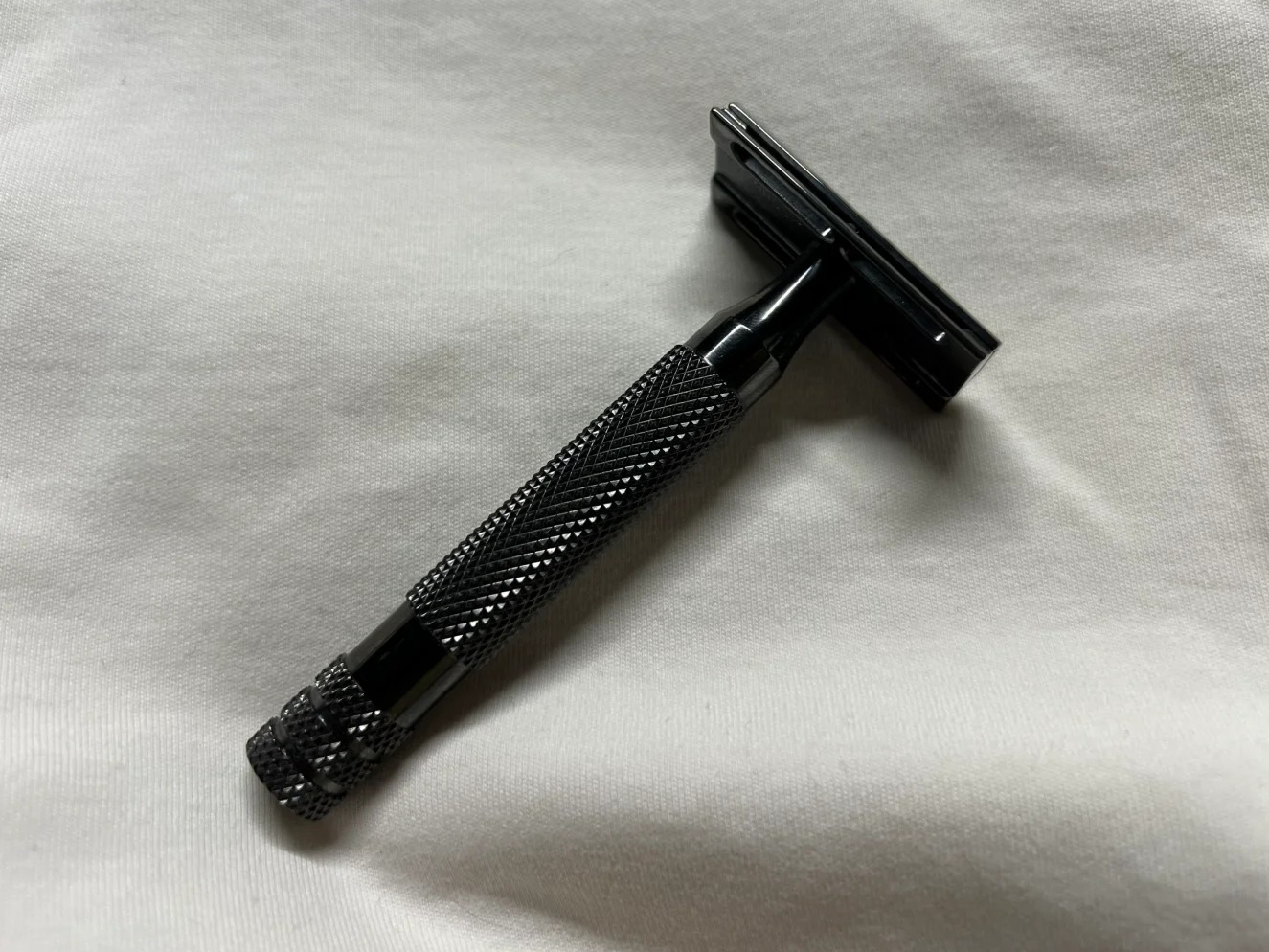
learn more
Teflon Coating
Custom CNC Grinding Components Gallery
Our Custom CNC Grinding Components Gallery showcases precision-engineered parts, including gears, shafts, and bearings, crafted with exceptional accuracy and smooth finishes. Each component demonstrates our expertise in meeting tight tolerances and complex specifications for diverse industrial applications.
Let's Start A New Project Today
CNC Grinding Tolerance
CNC Grinding Tolerance ensures precise dimensions and high-quality finishes for critical components. General tolerances range from ±0.1 mm, while precision grinding achieves ±0.005 mm to ±0.02 mm, meeting the exacting demands of industries like aerospace, automotive, and medical.
CNC Grinding Design Guideline
CNC Grinding Design Guideline ensures optimal machining efficiency and high-precision results. Key considerations include radii, hole design, surface finish, tolerances, and wall thickness, enabling precise component production for industries like aerospace, automotive, and medical with superior surface quality.
